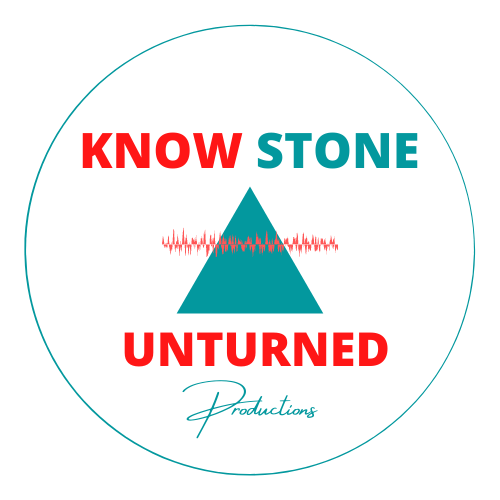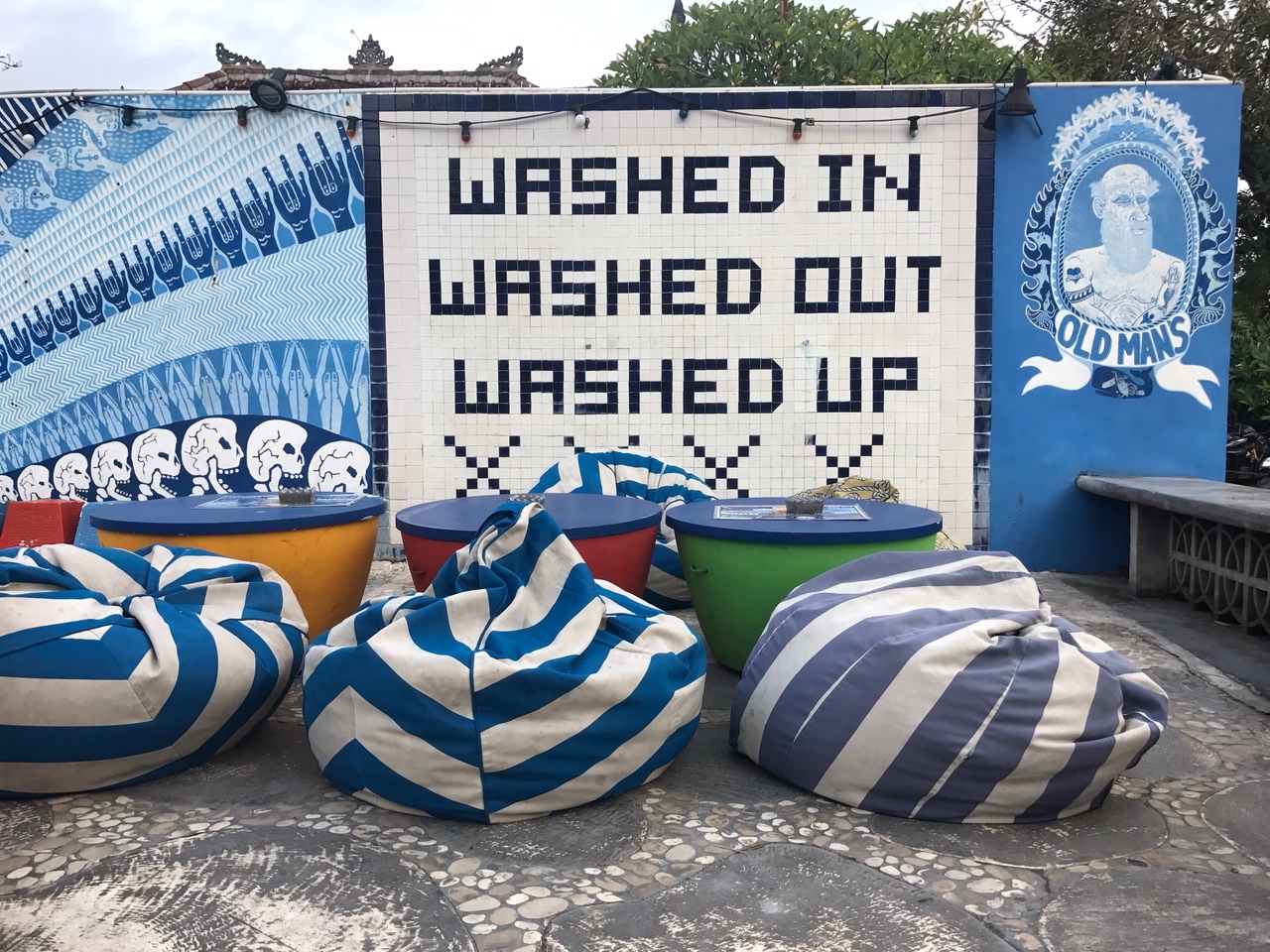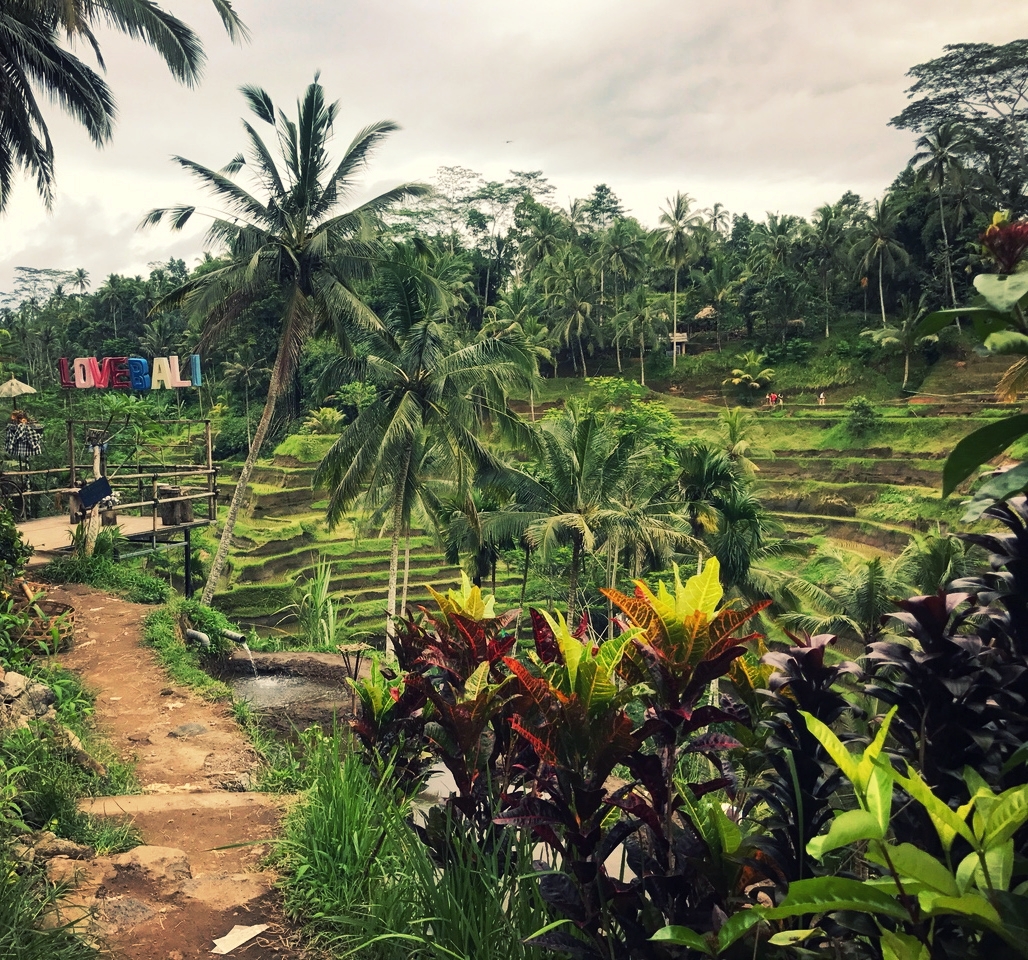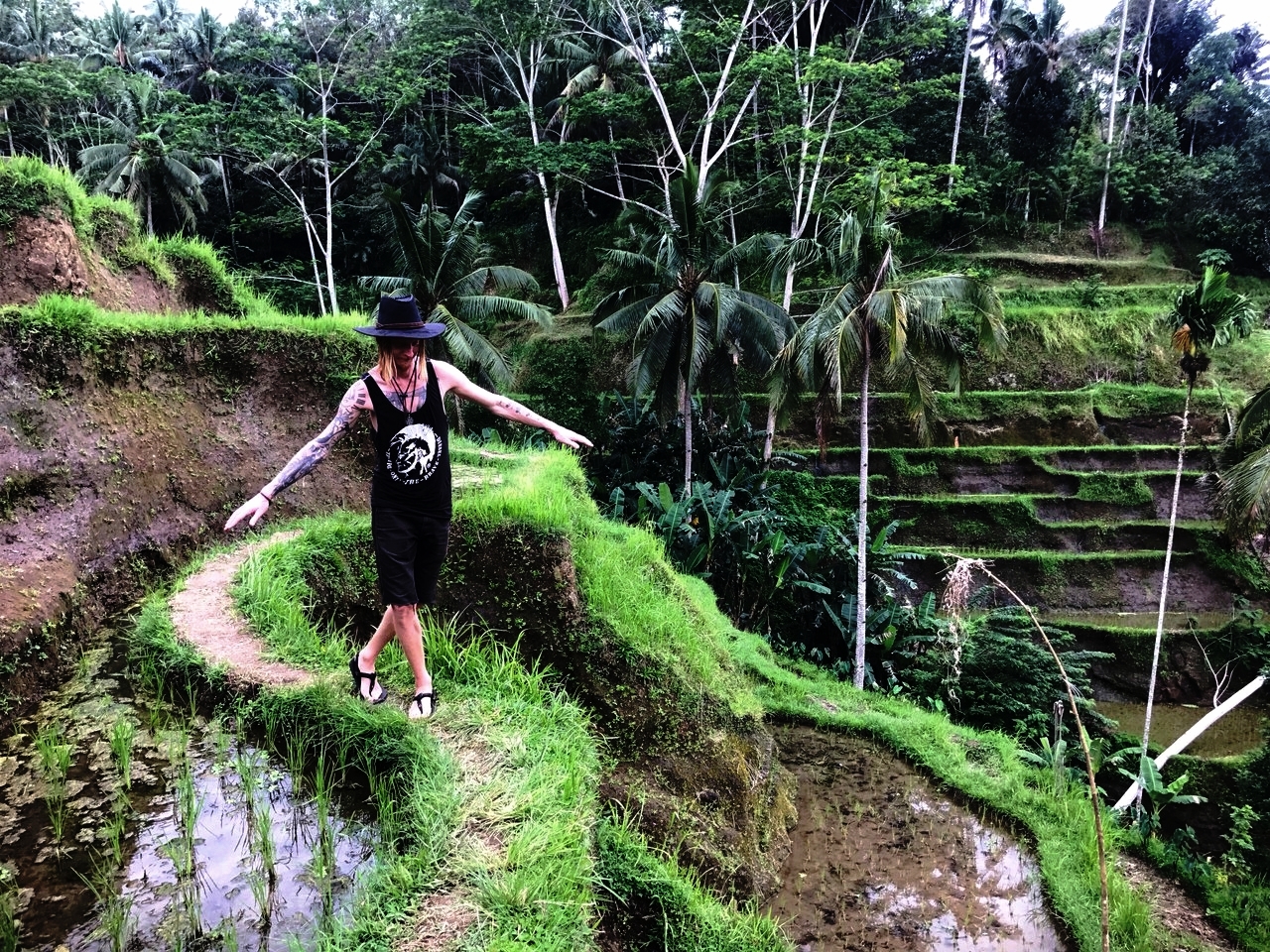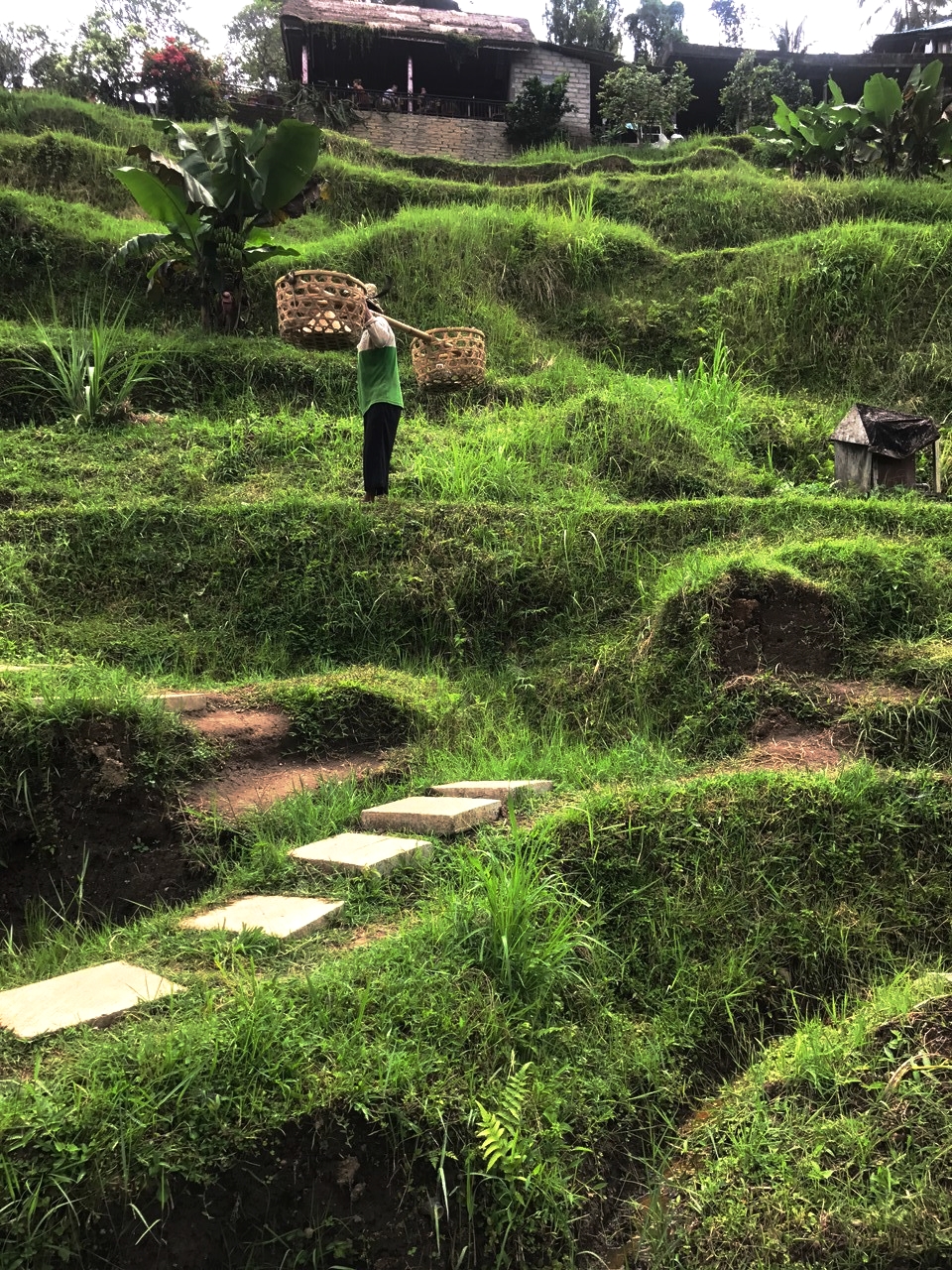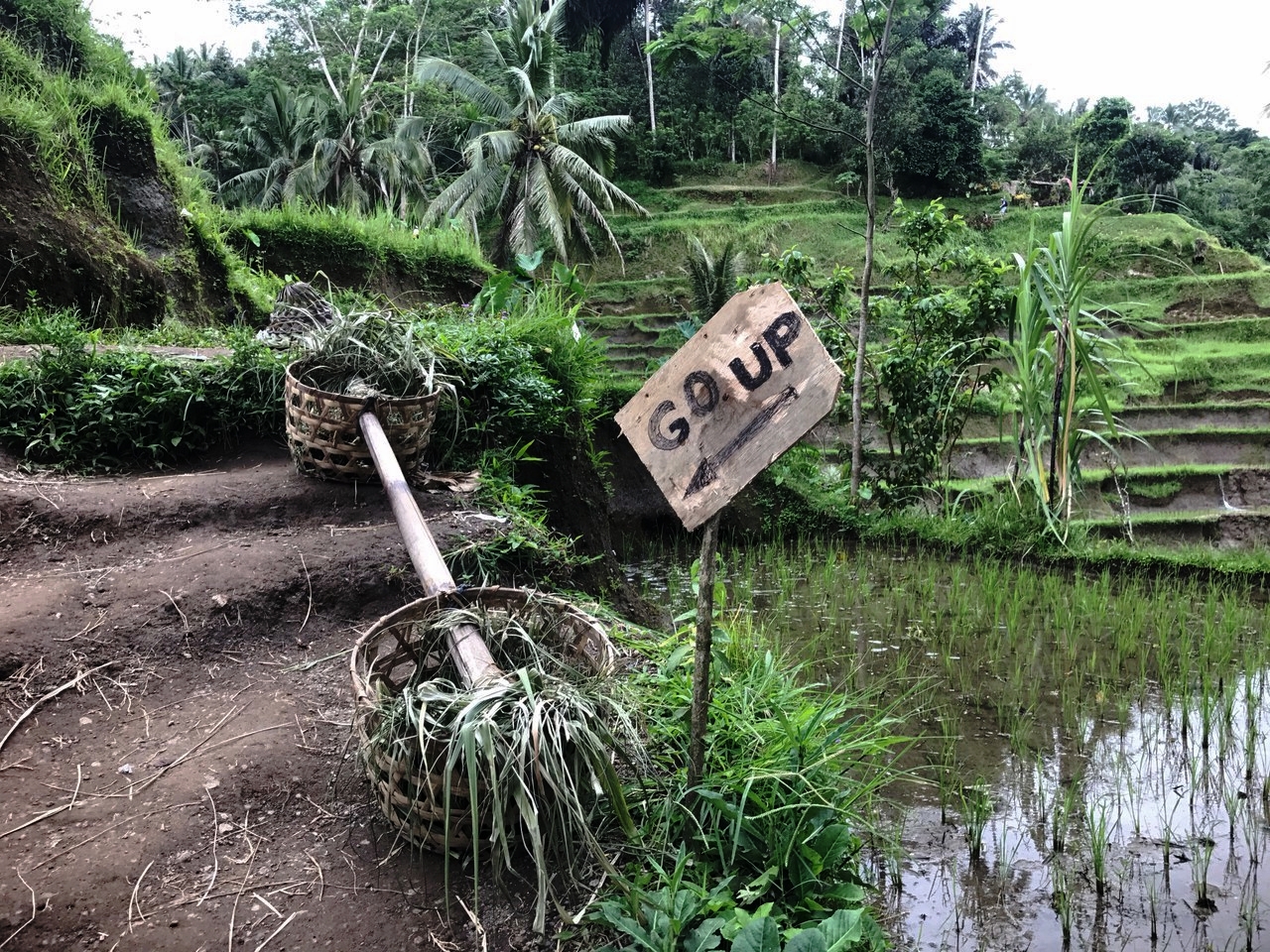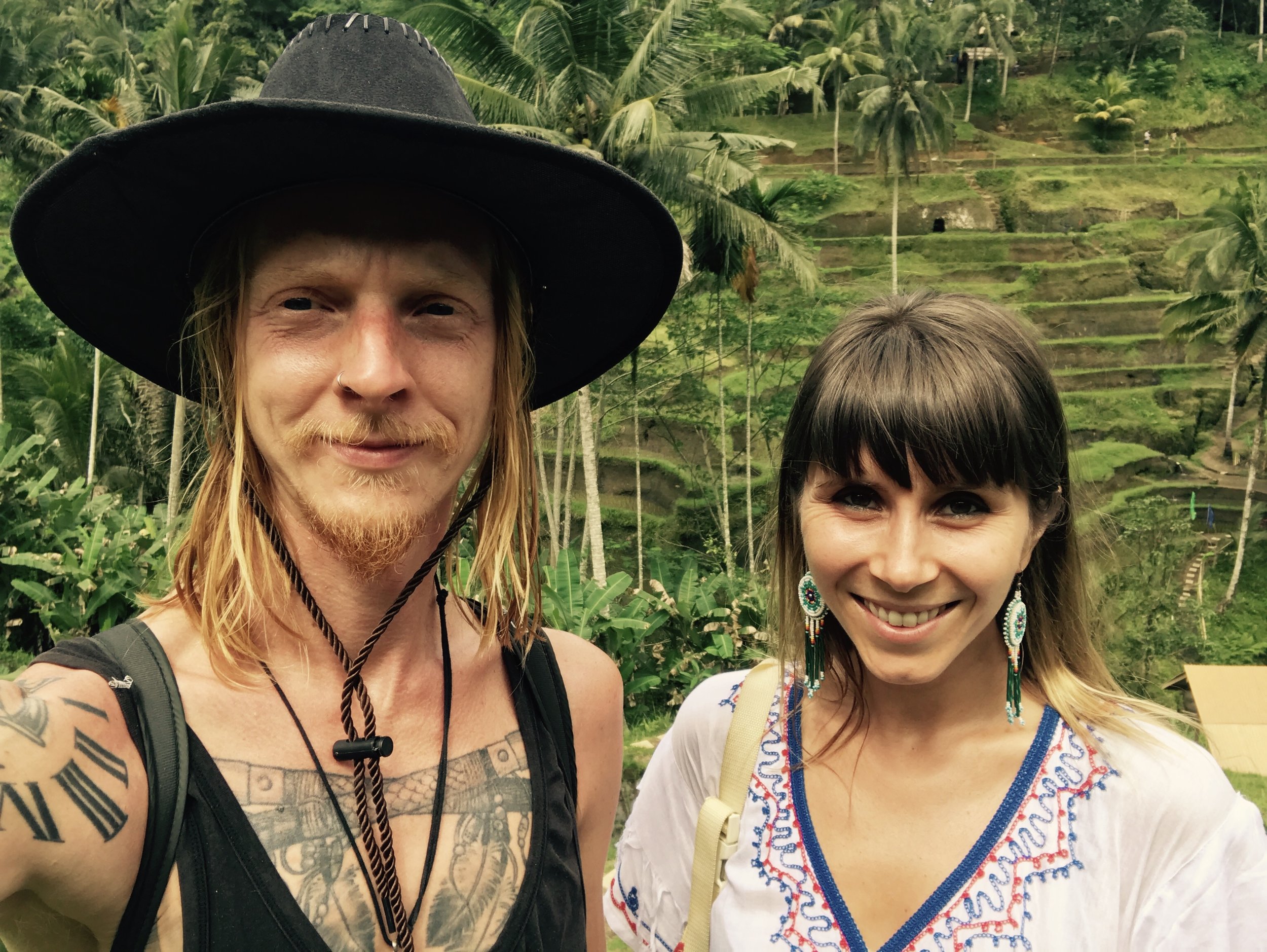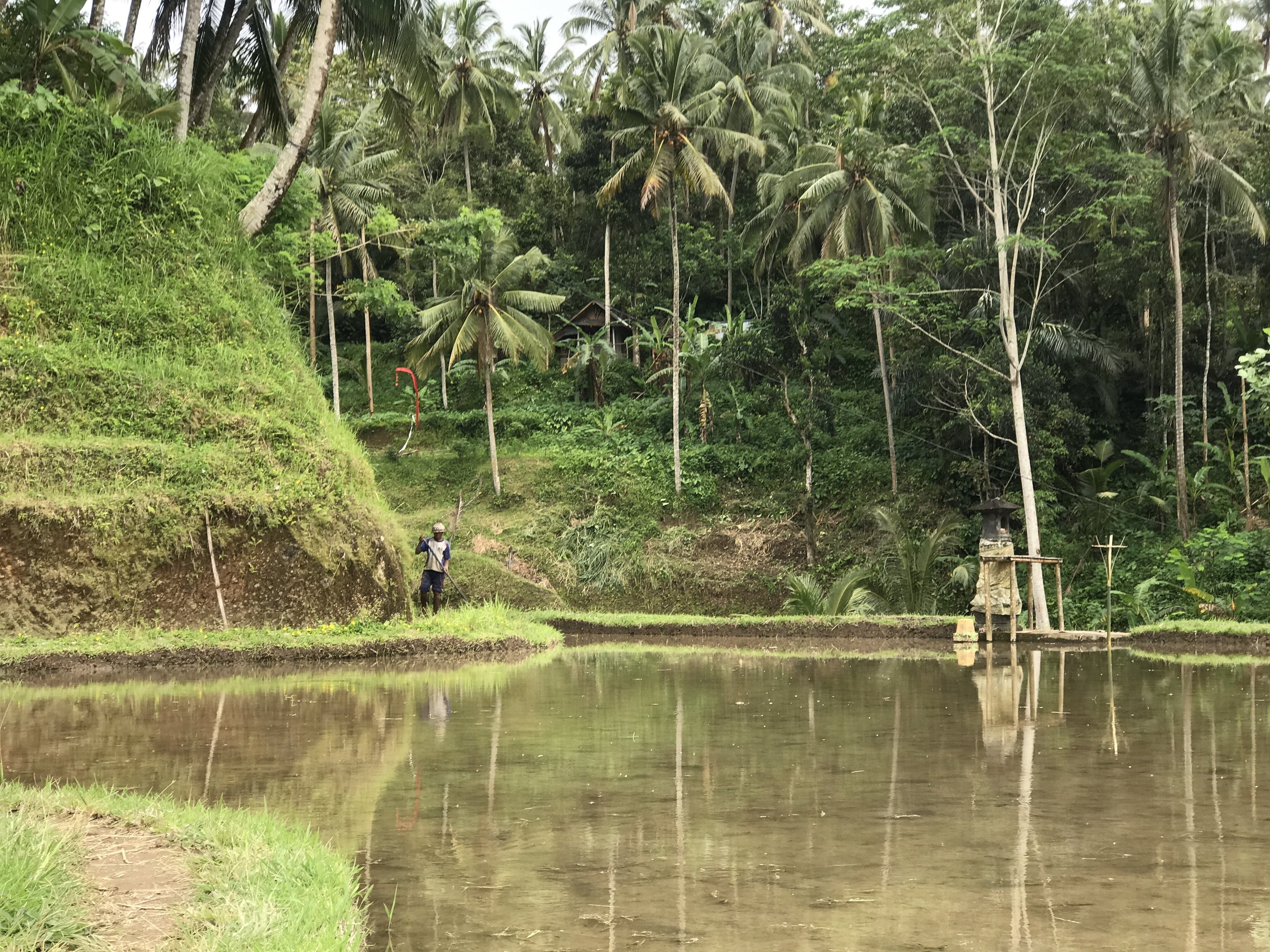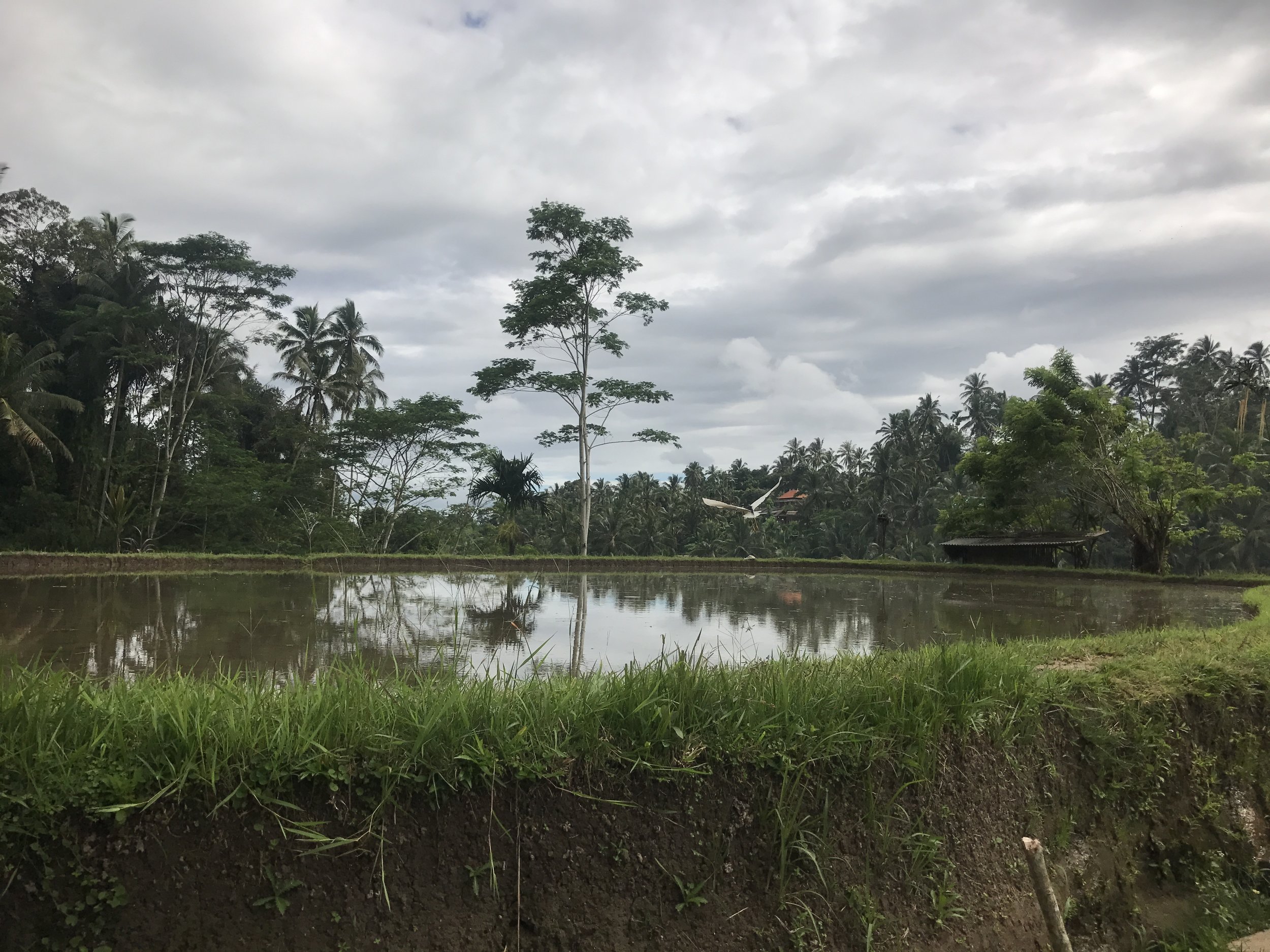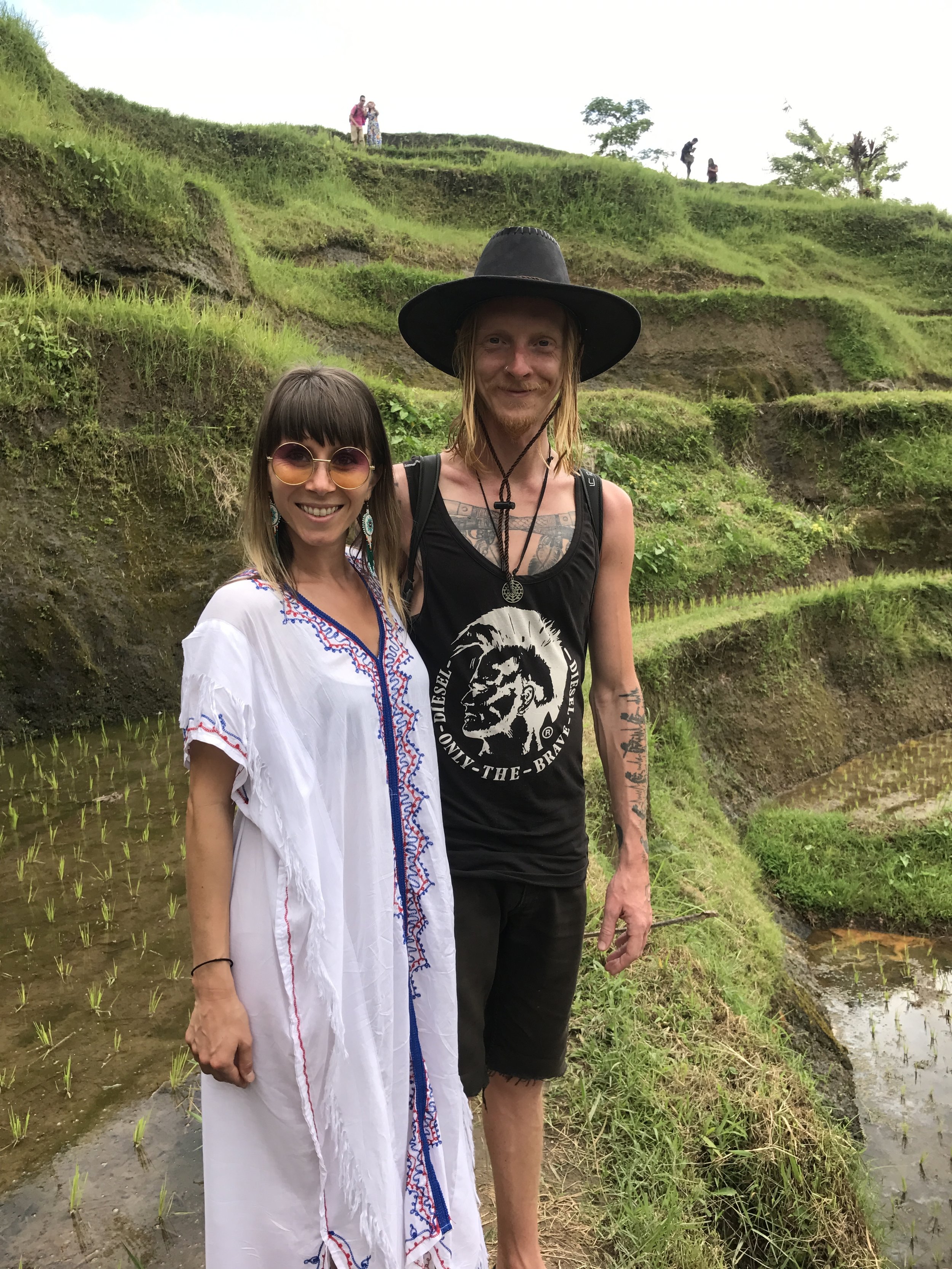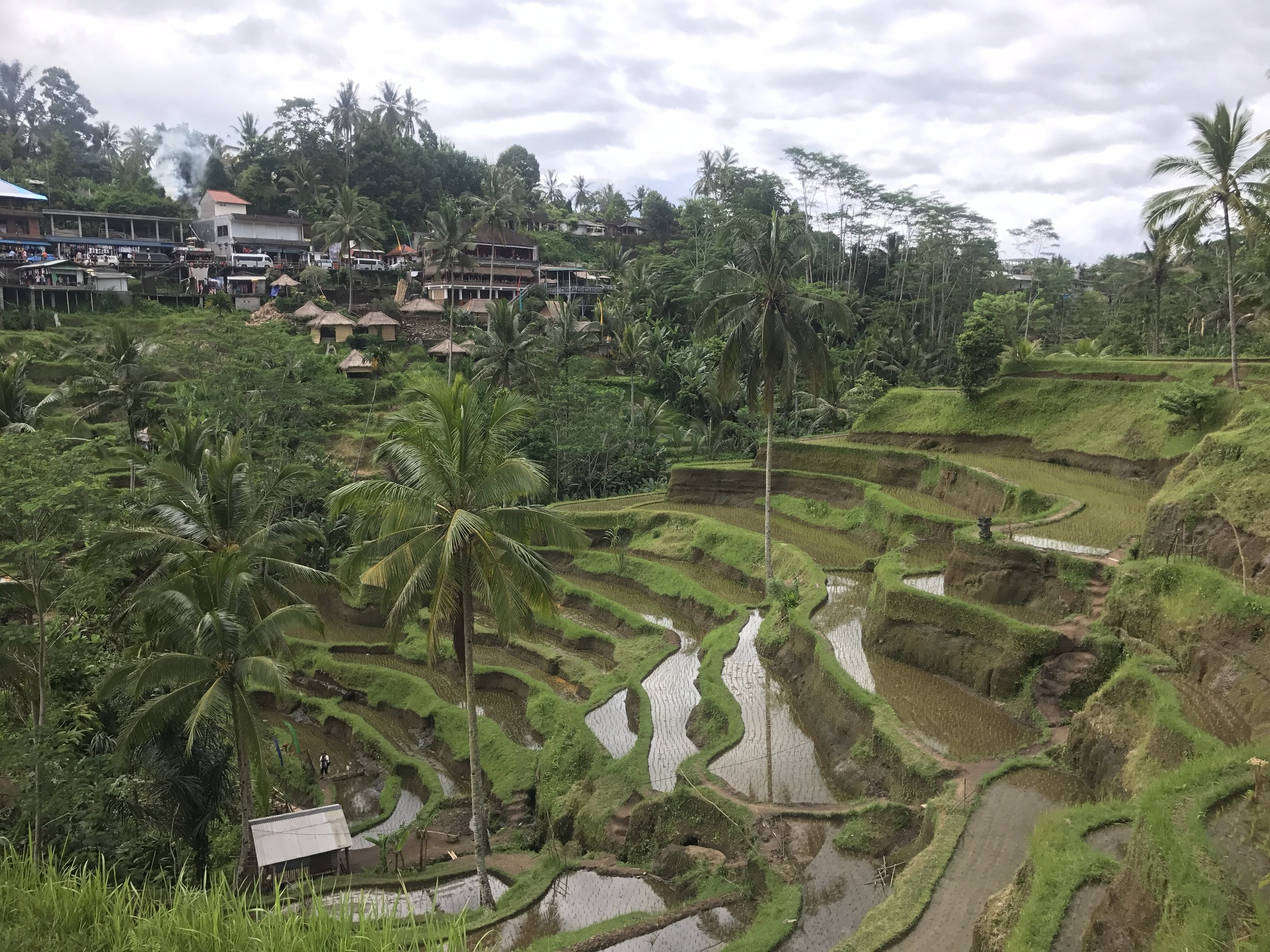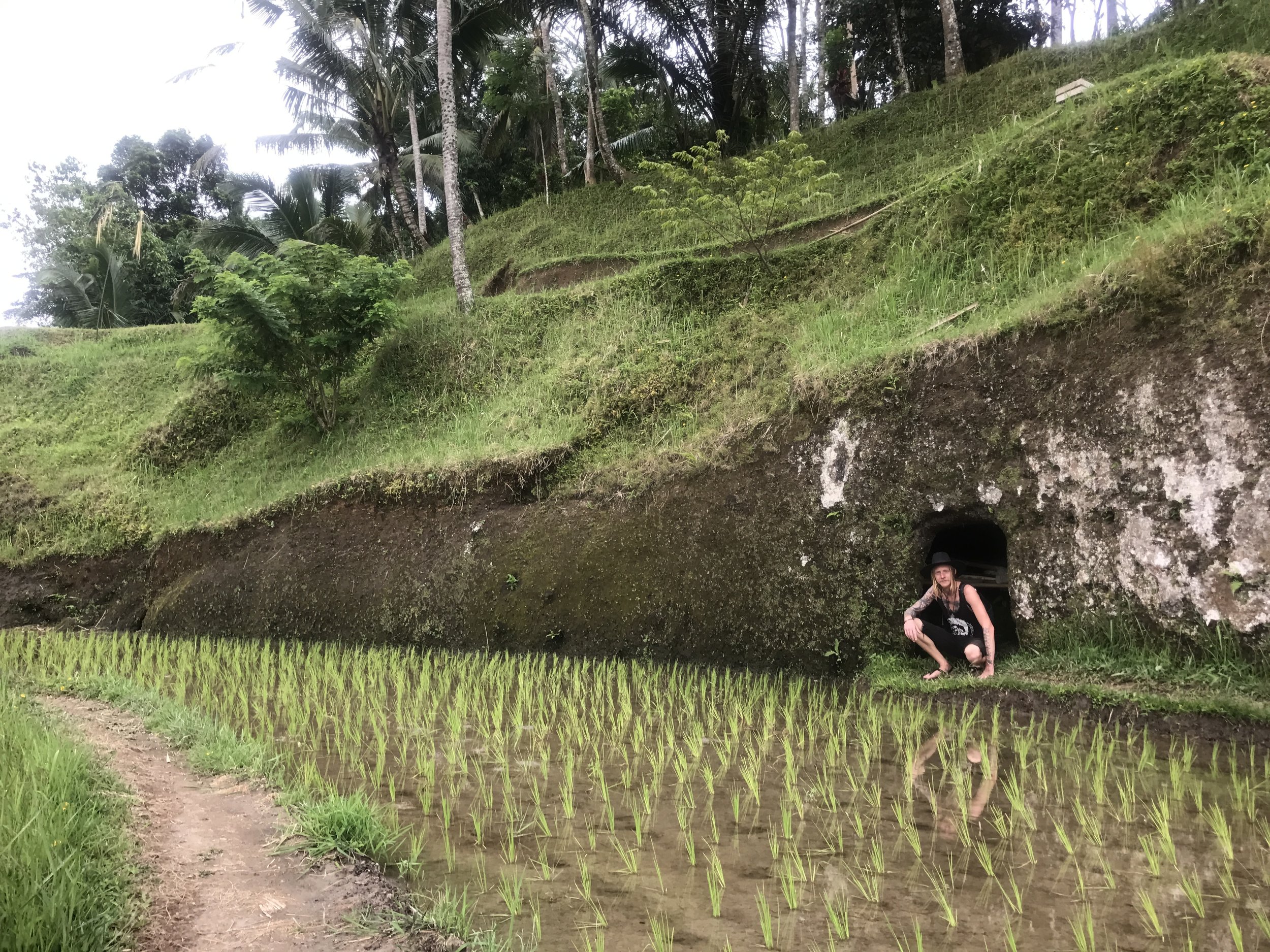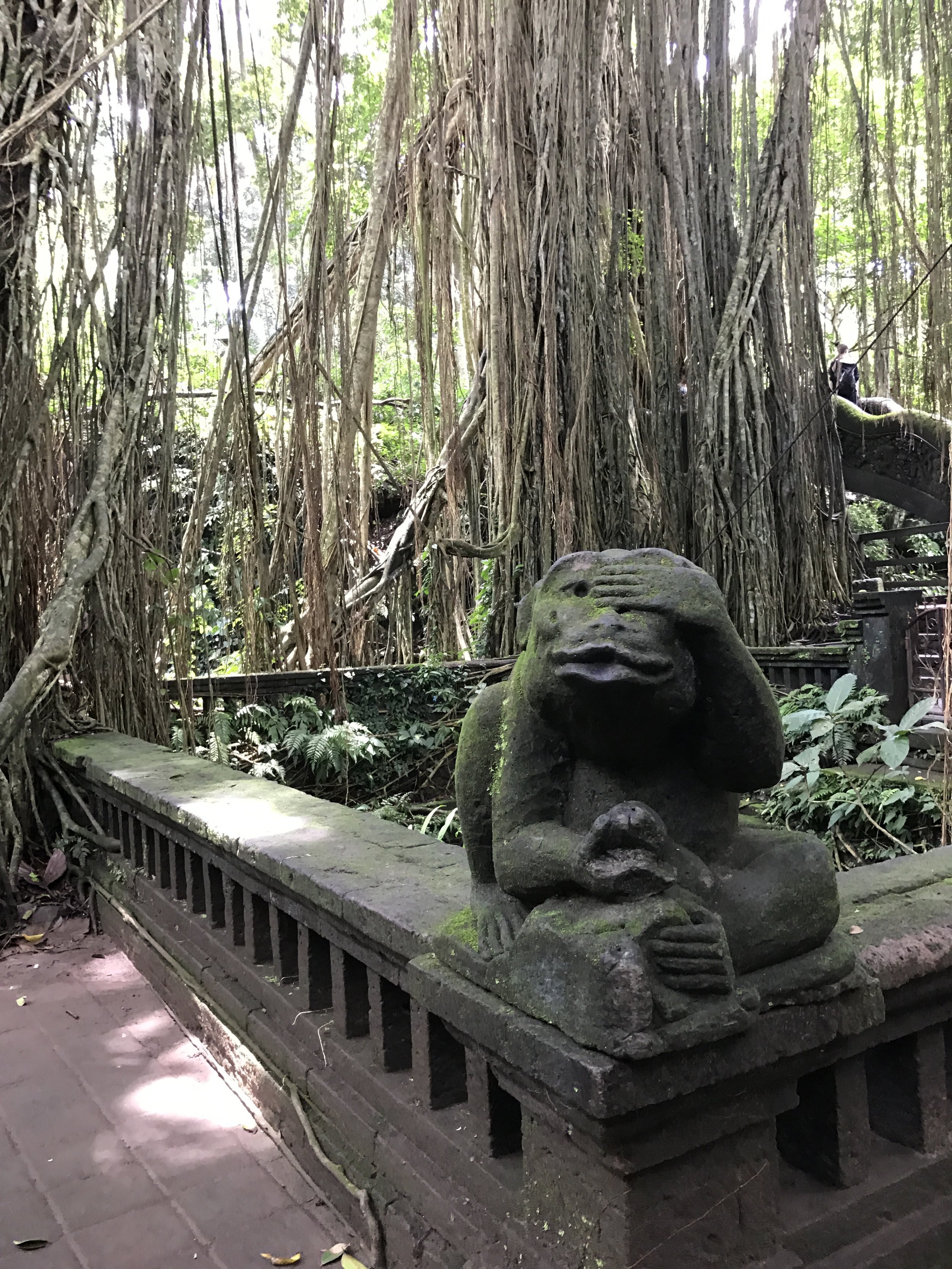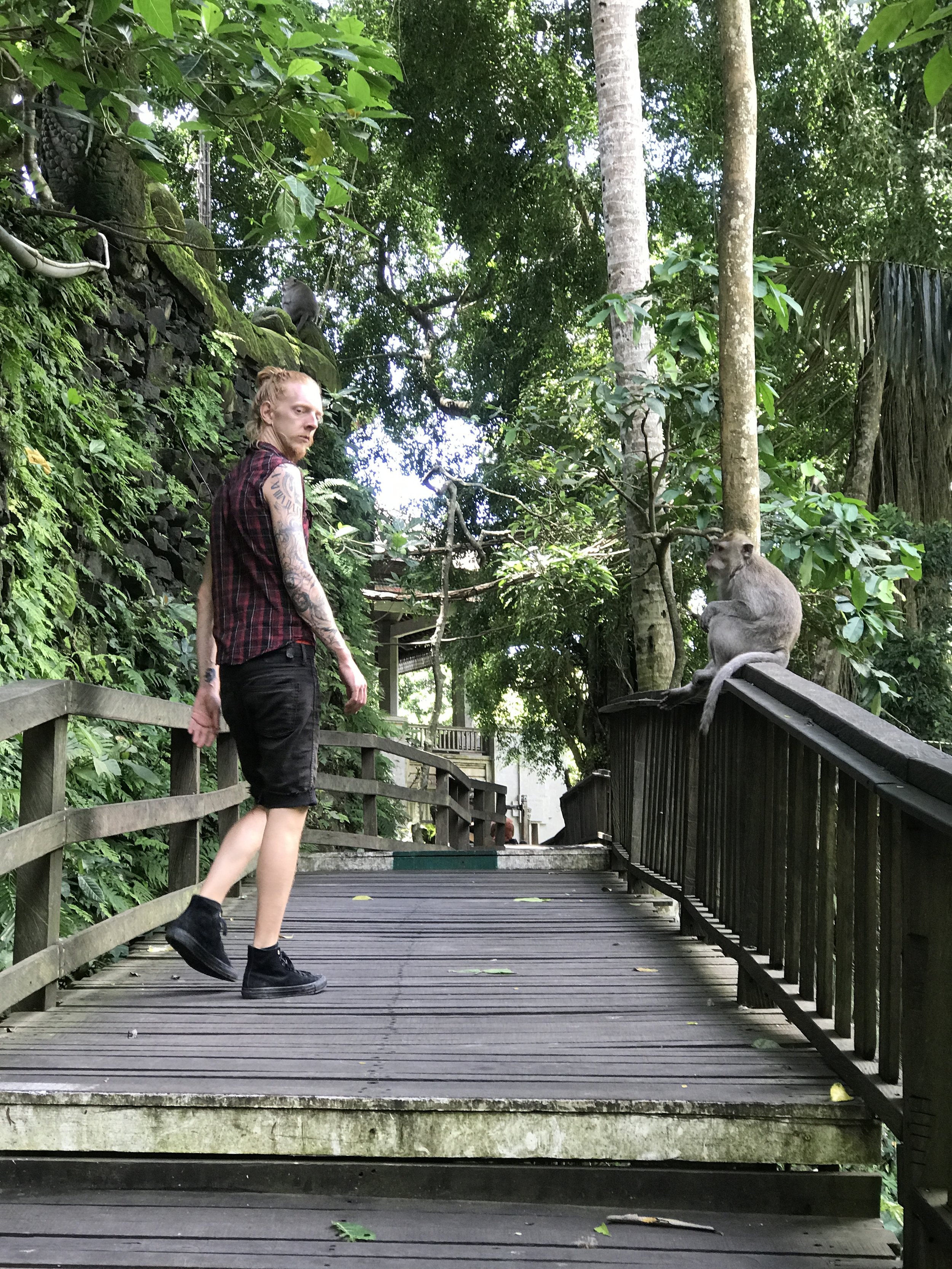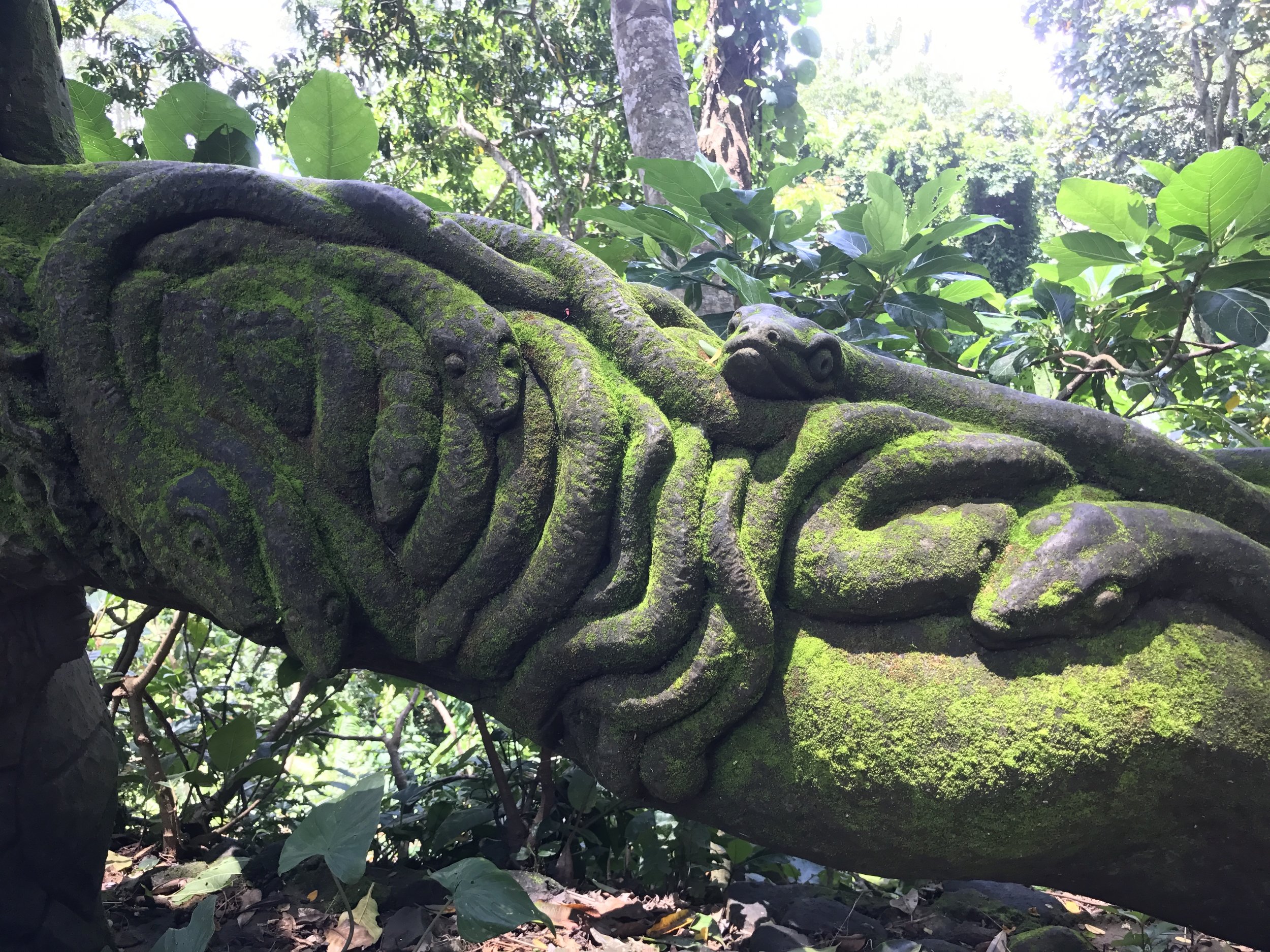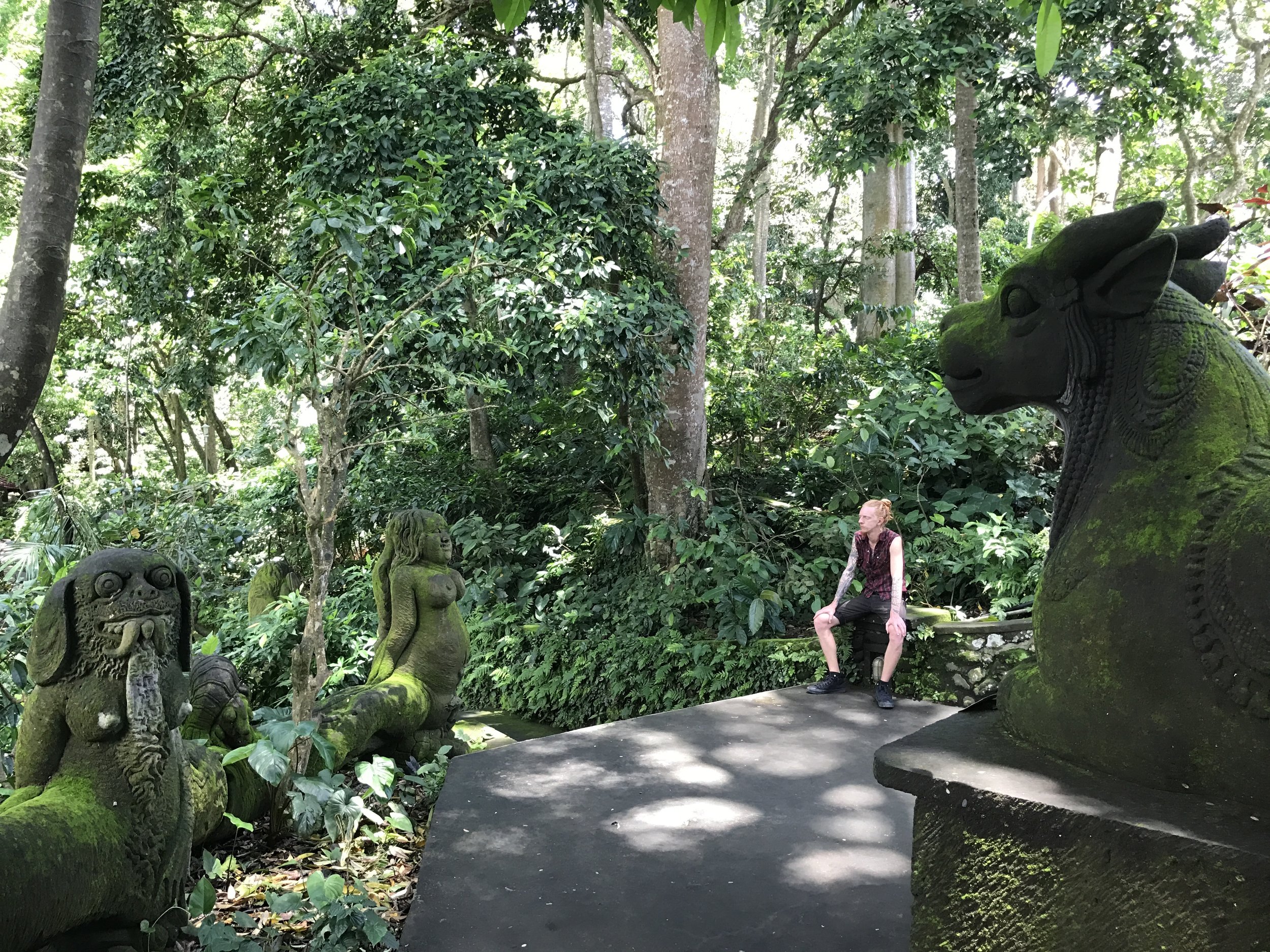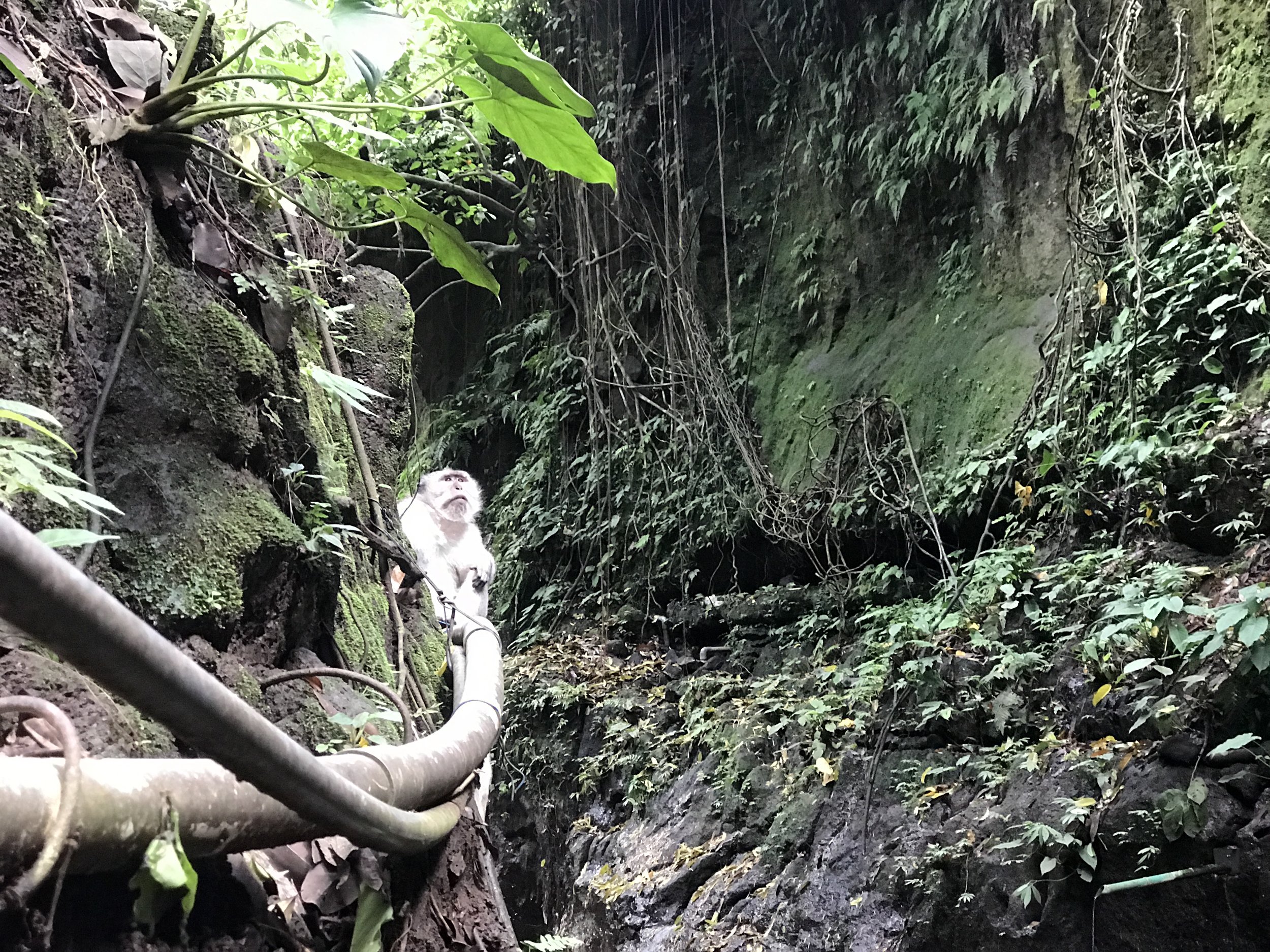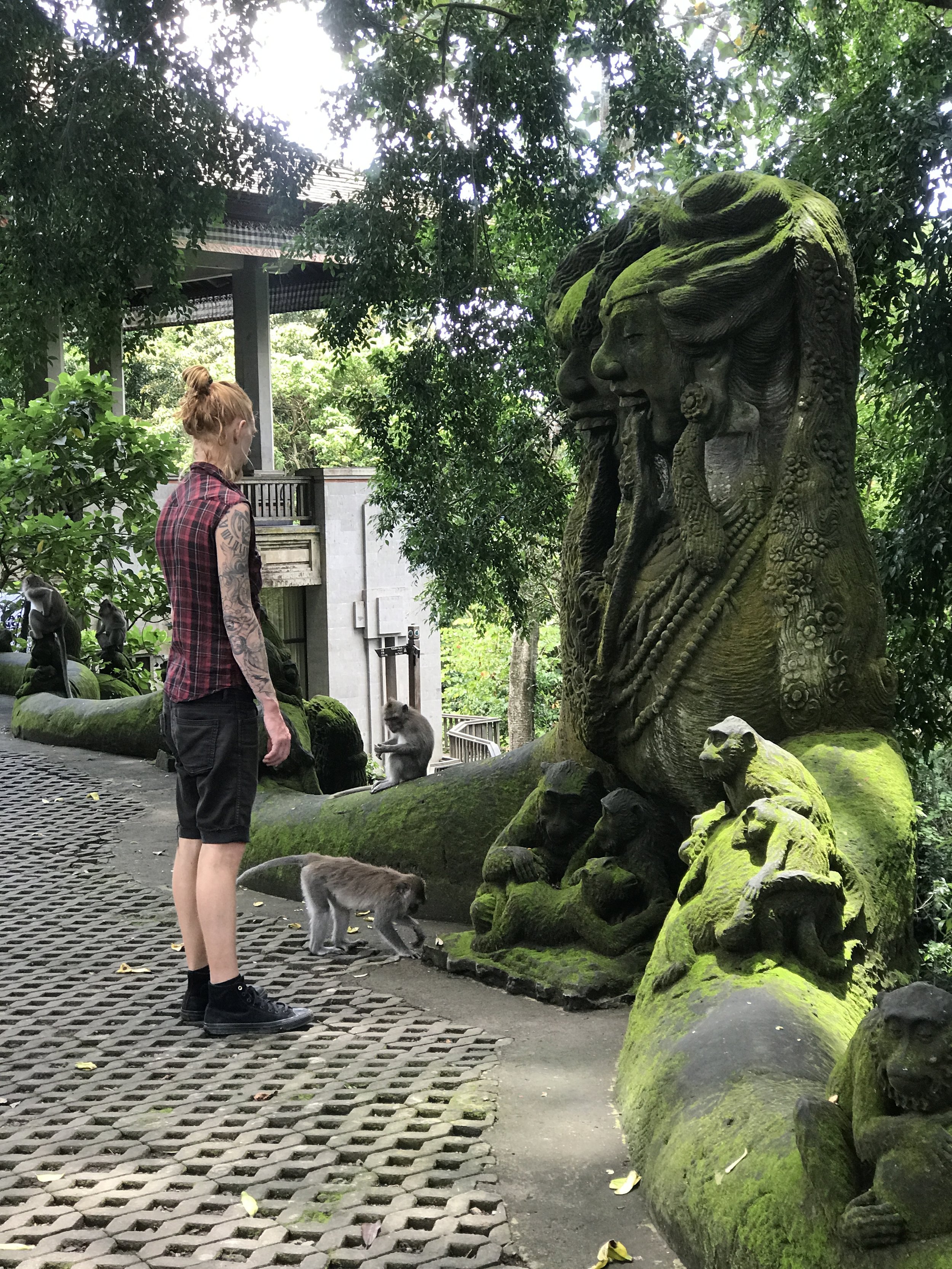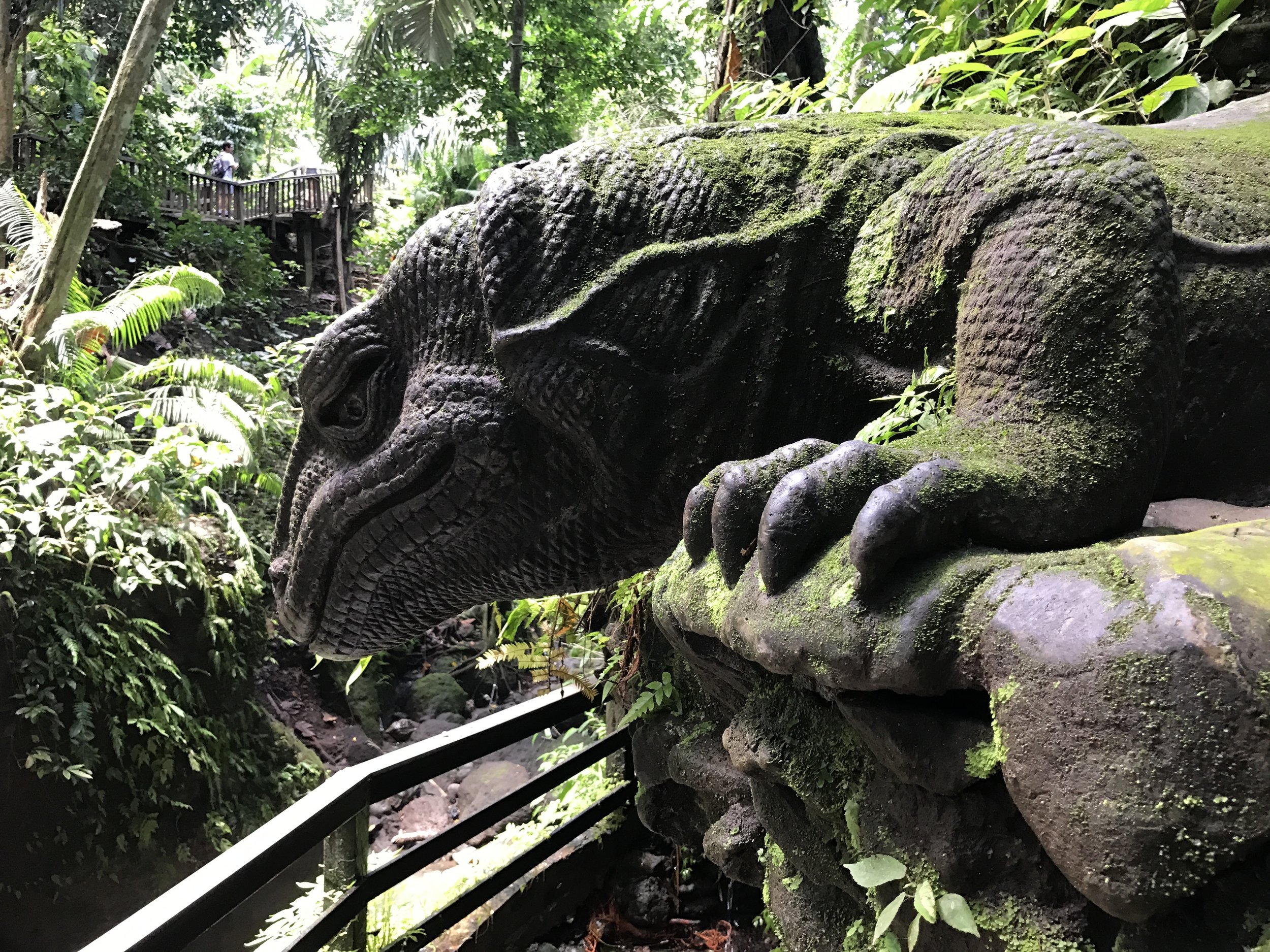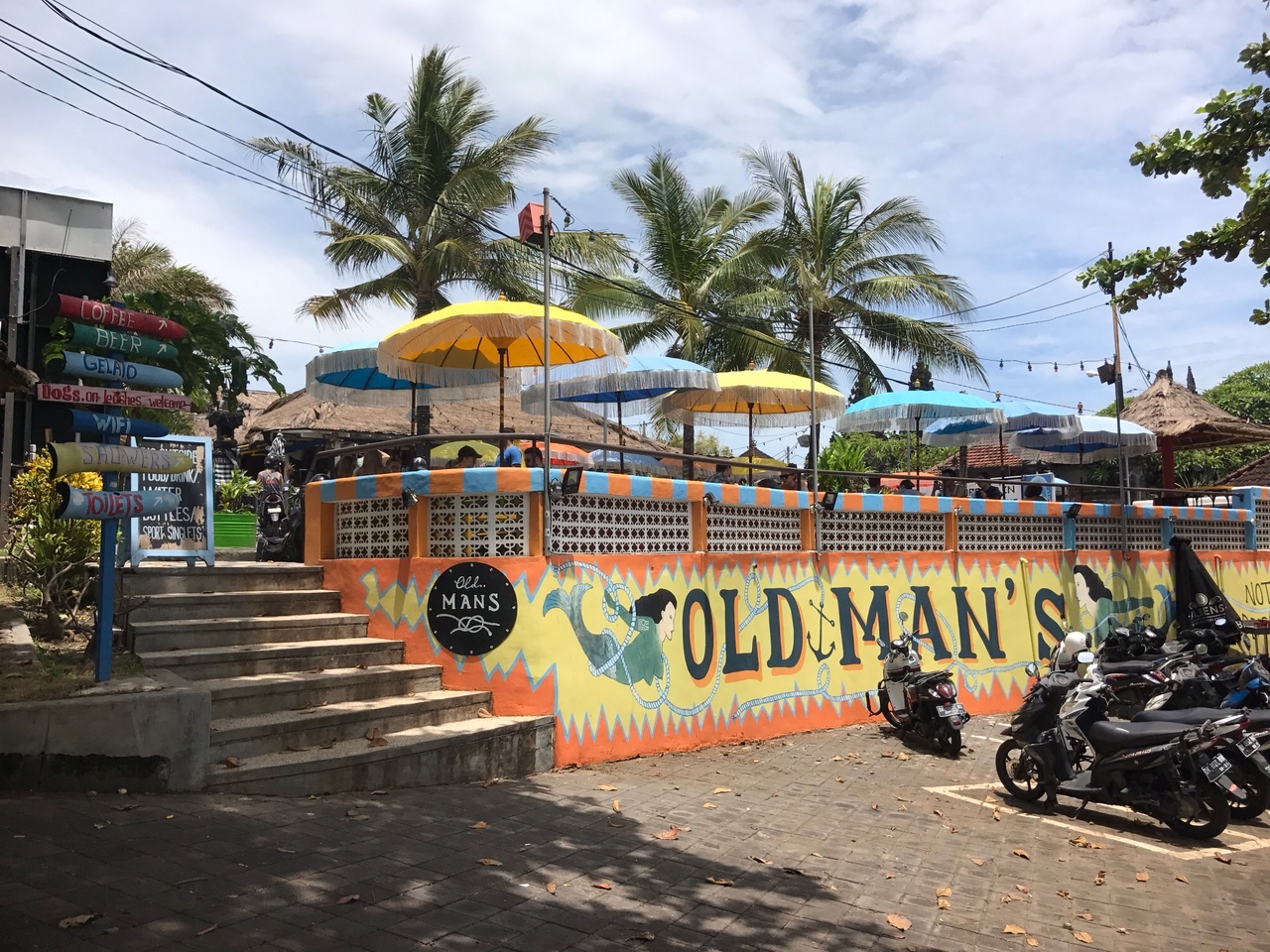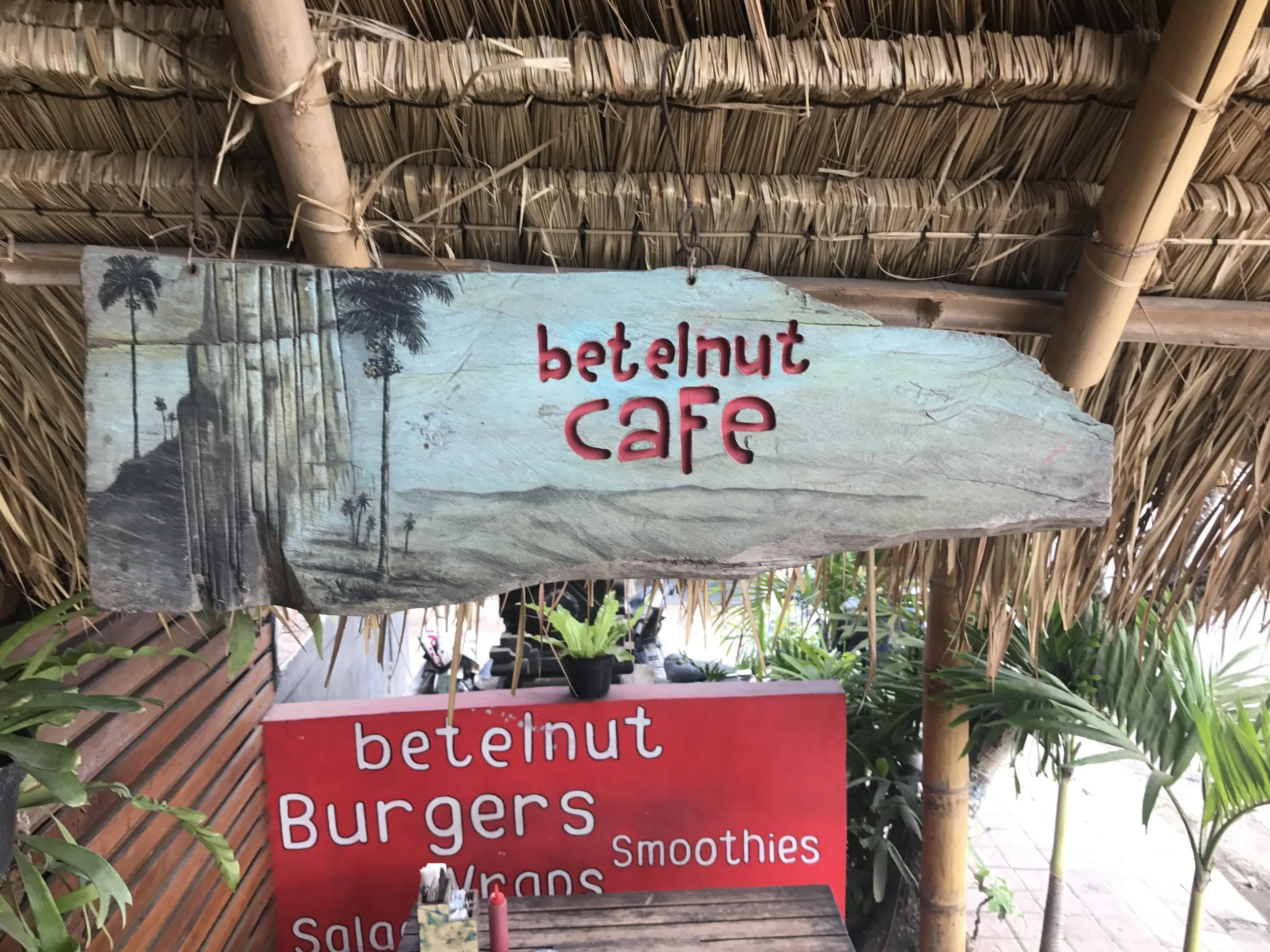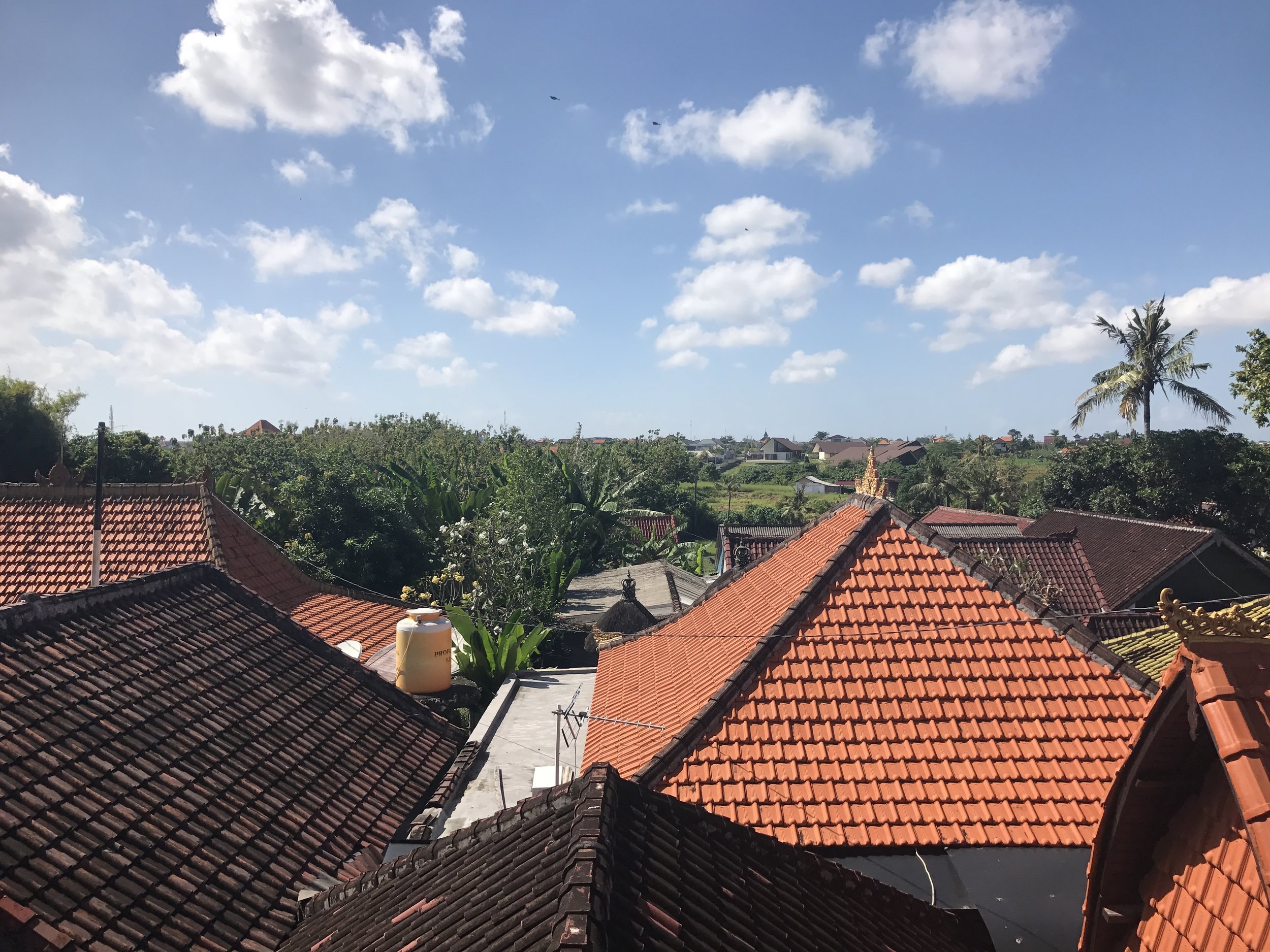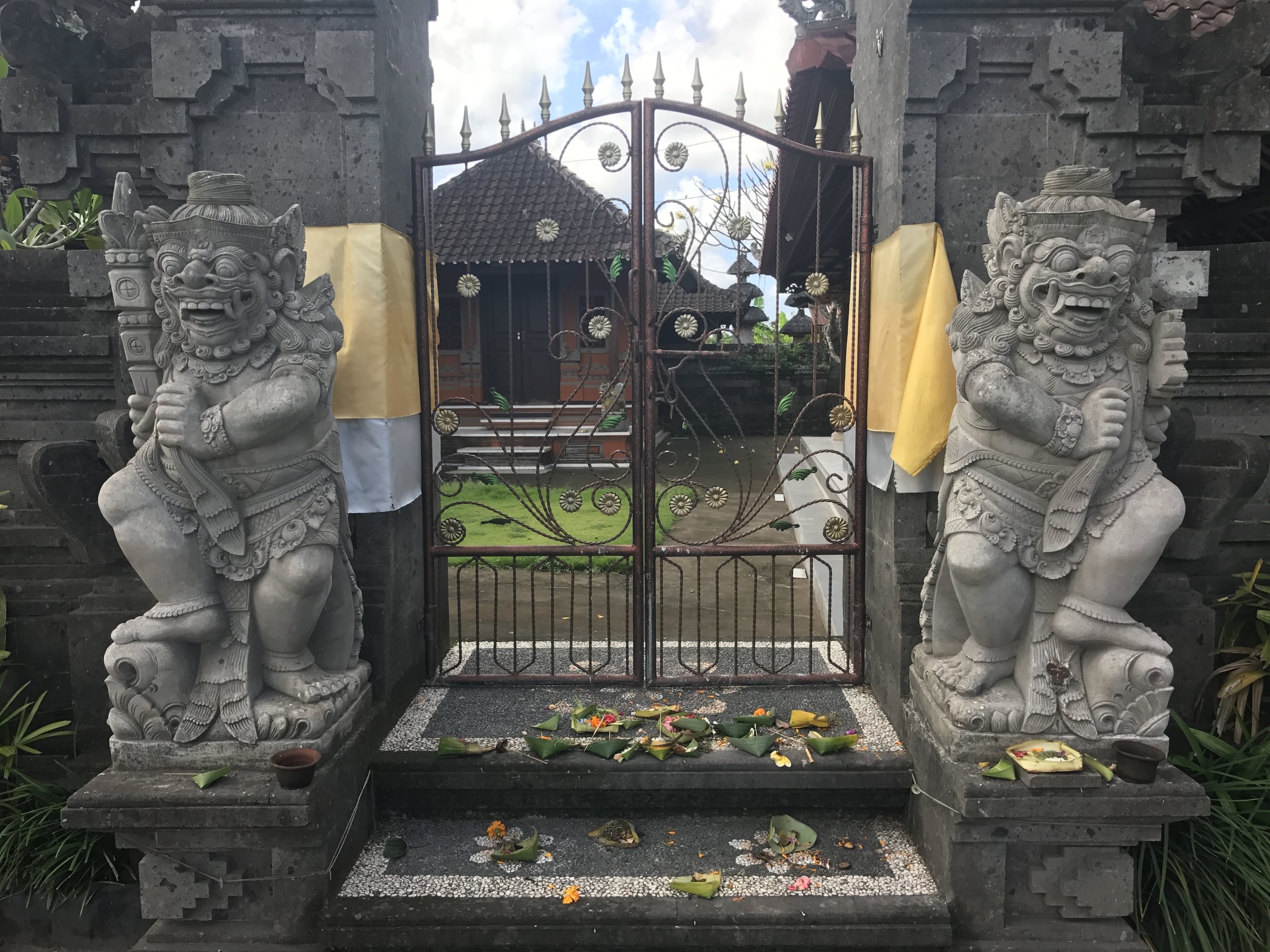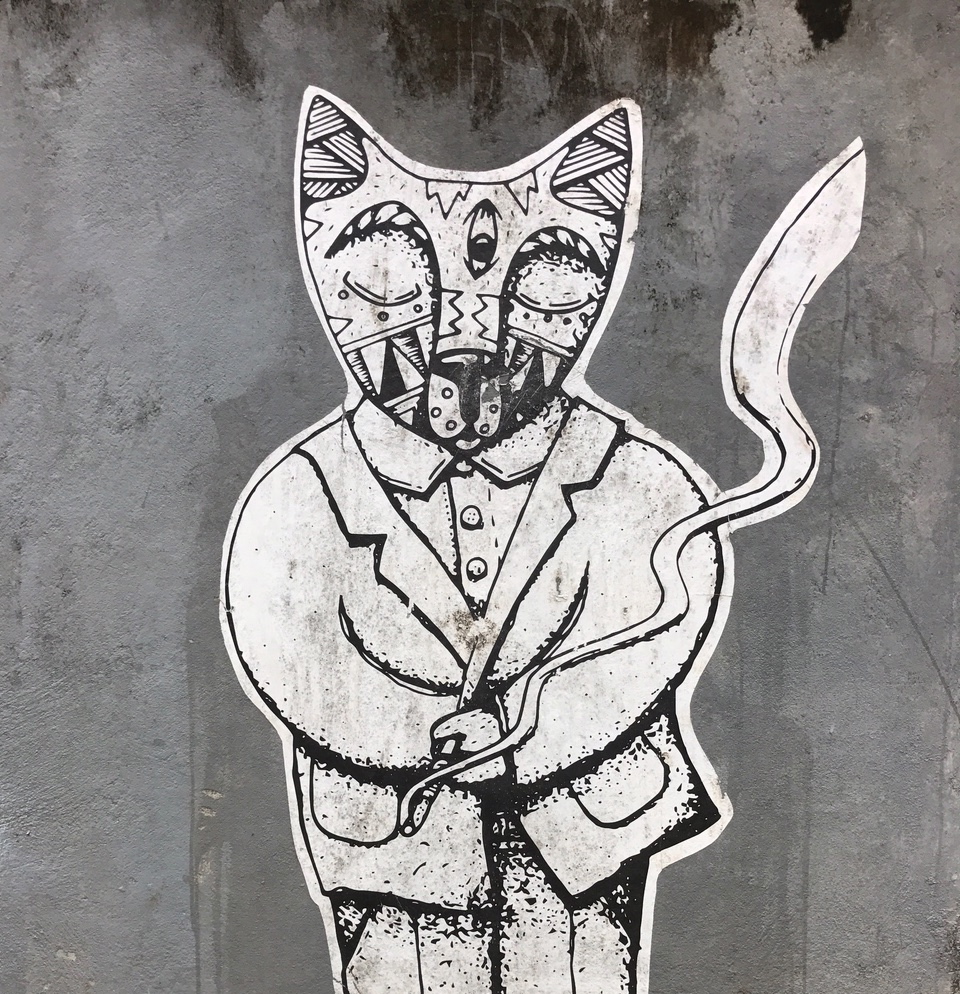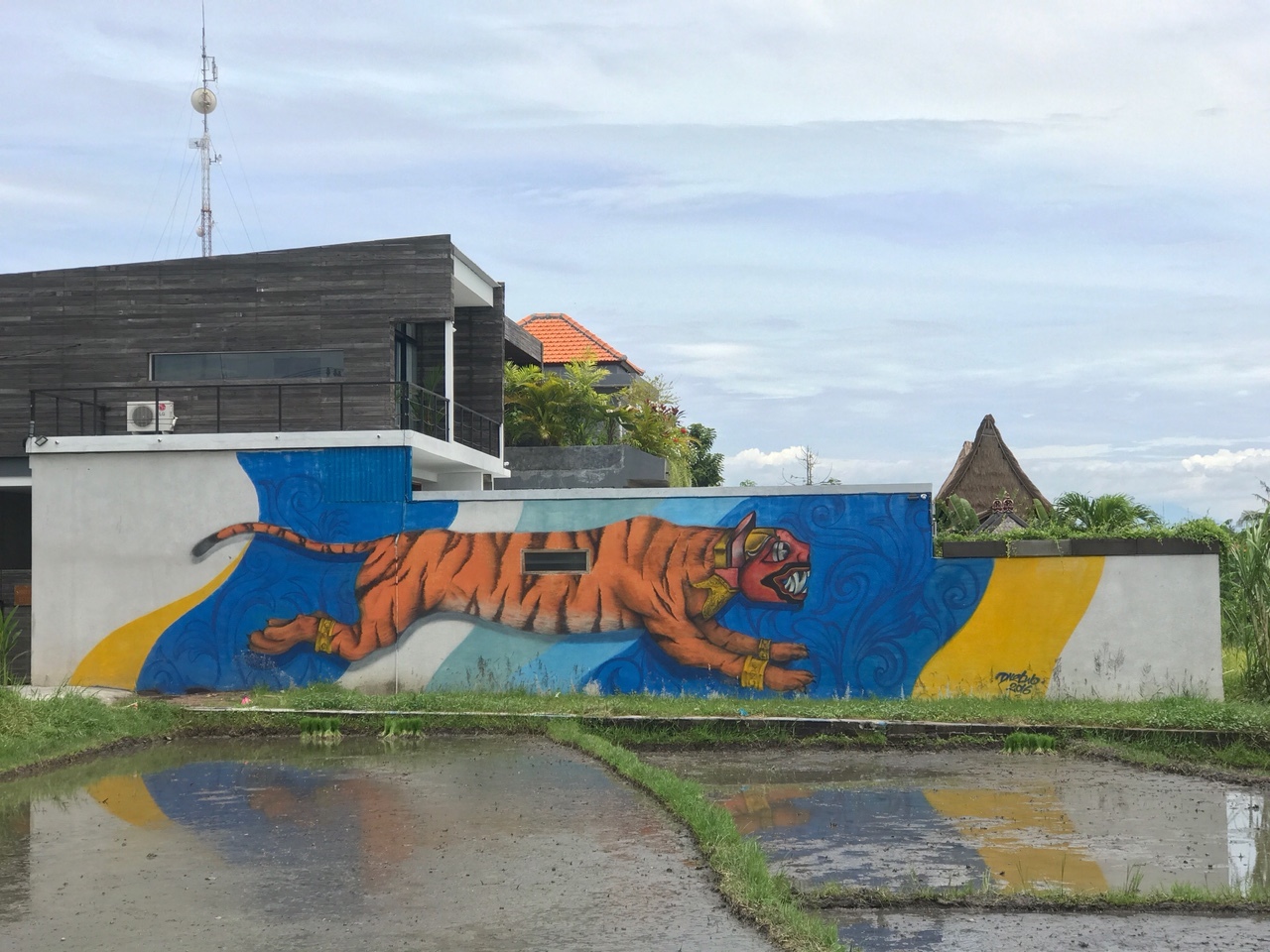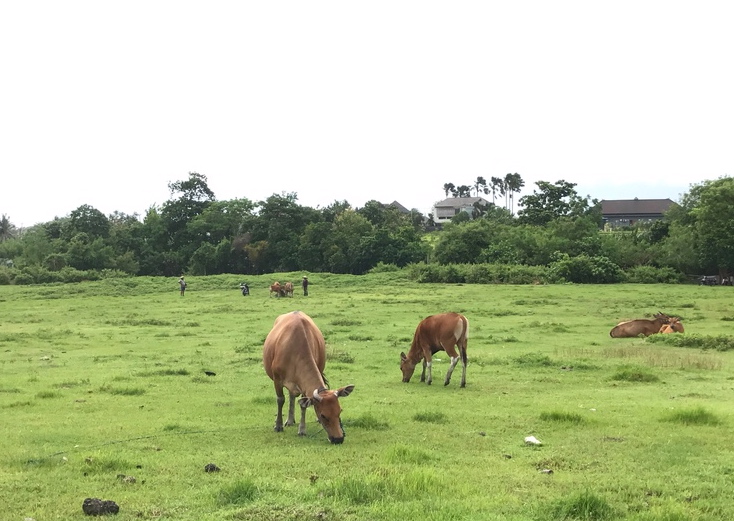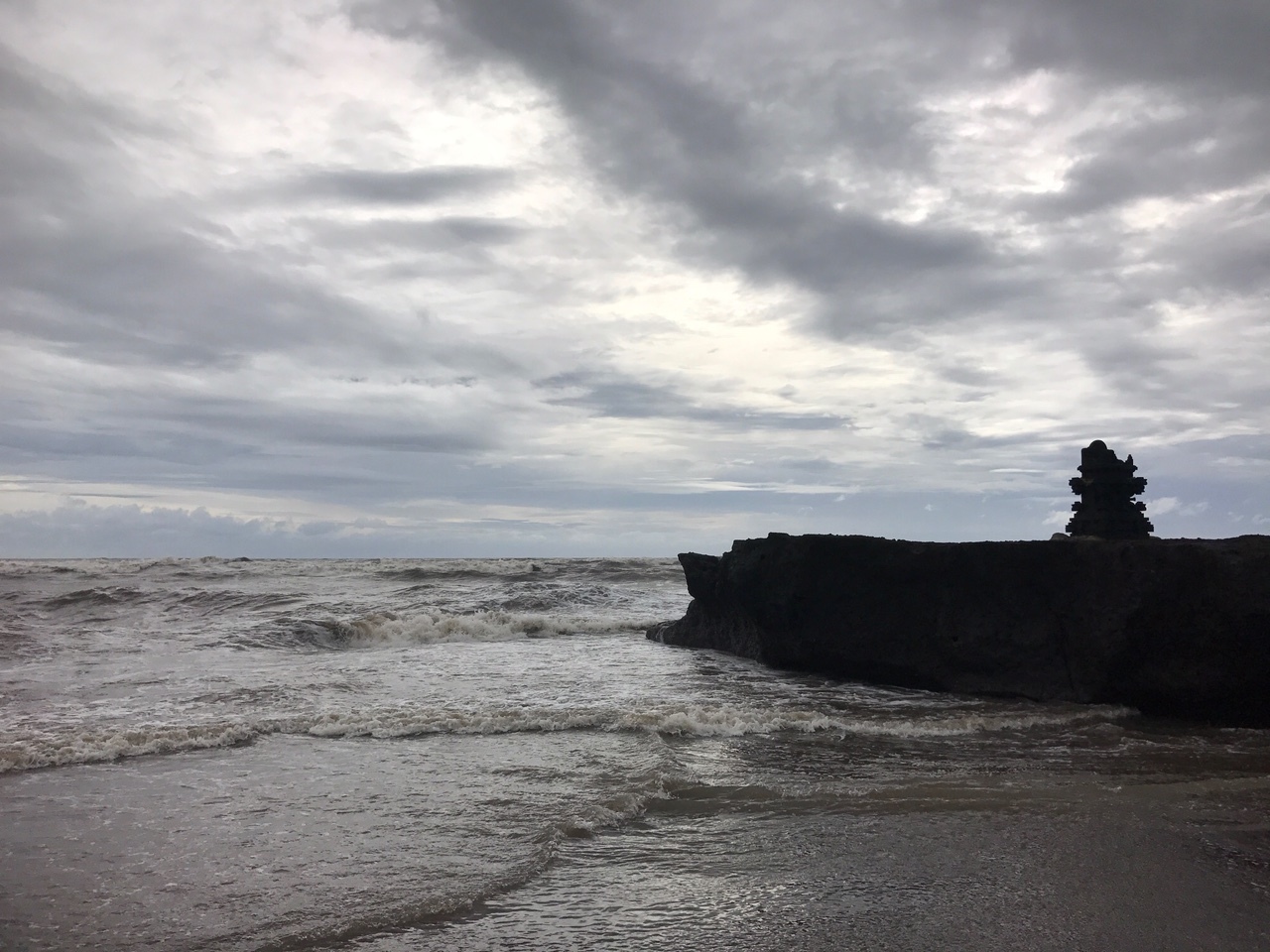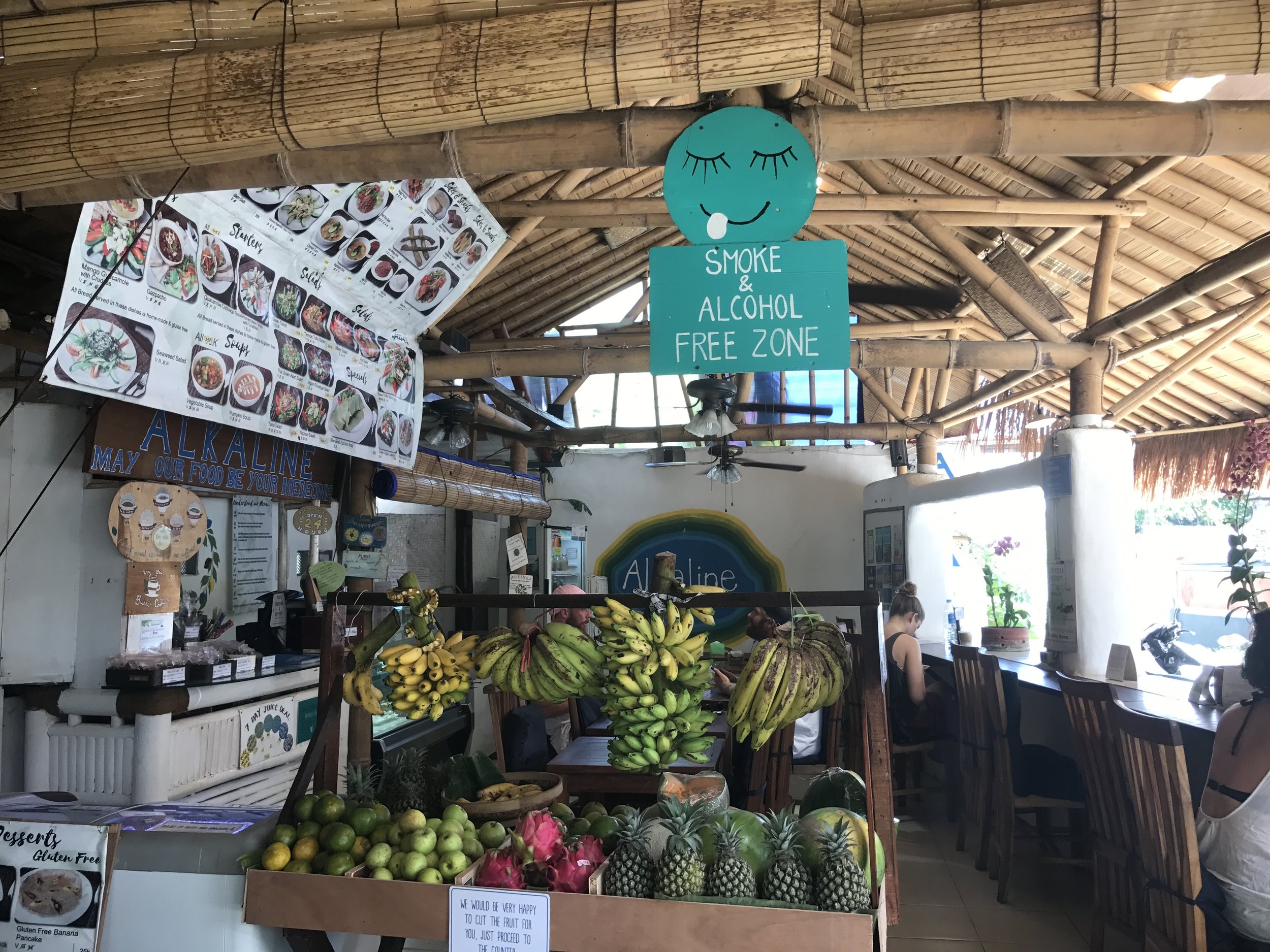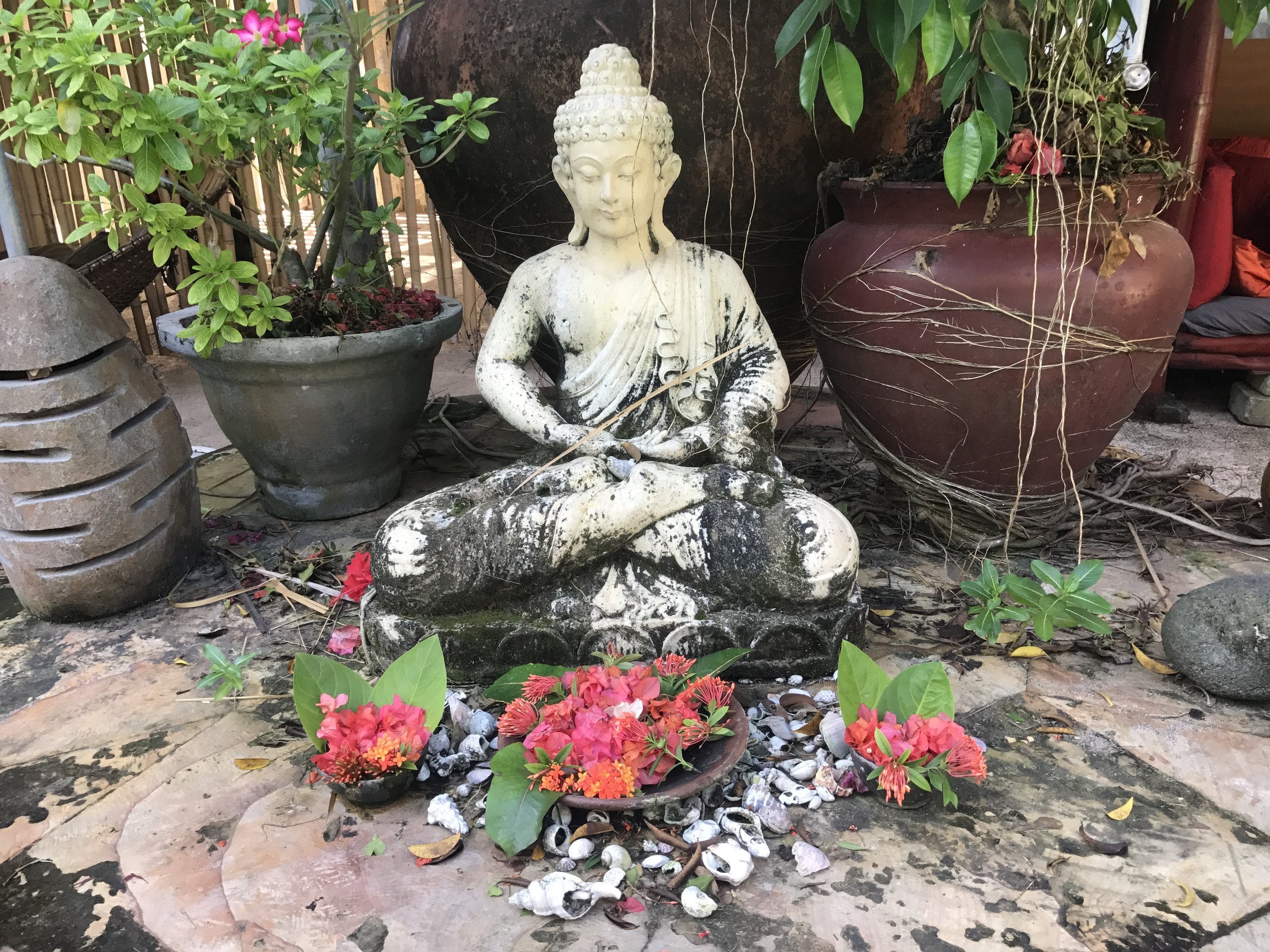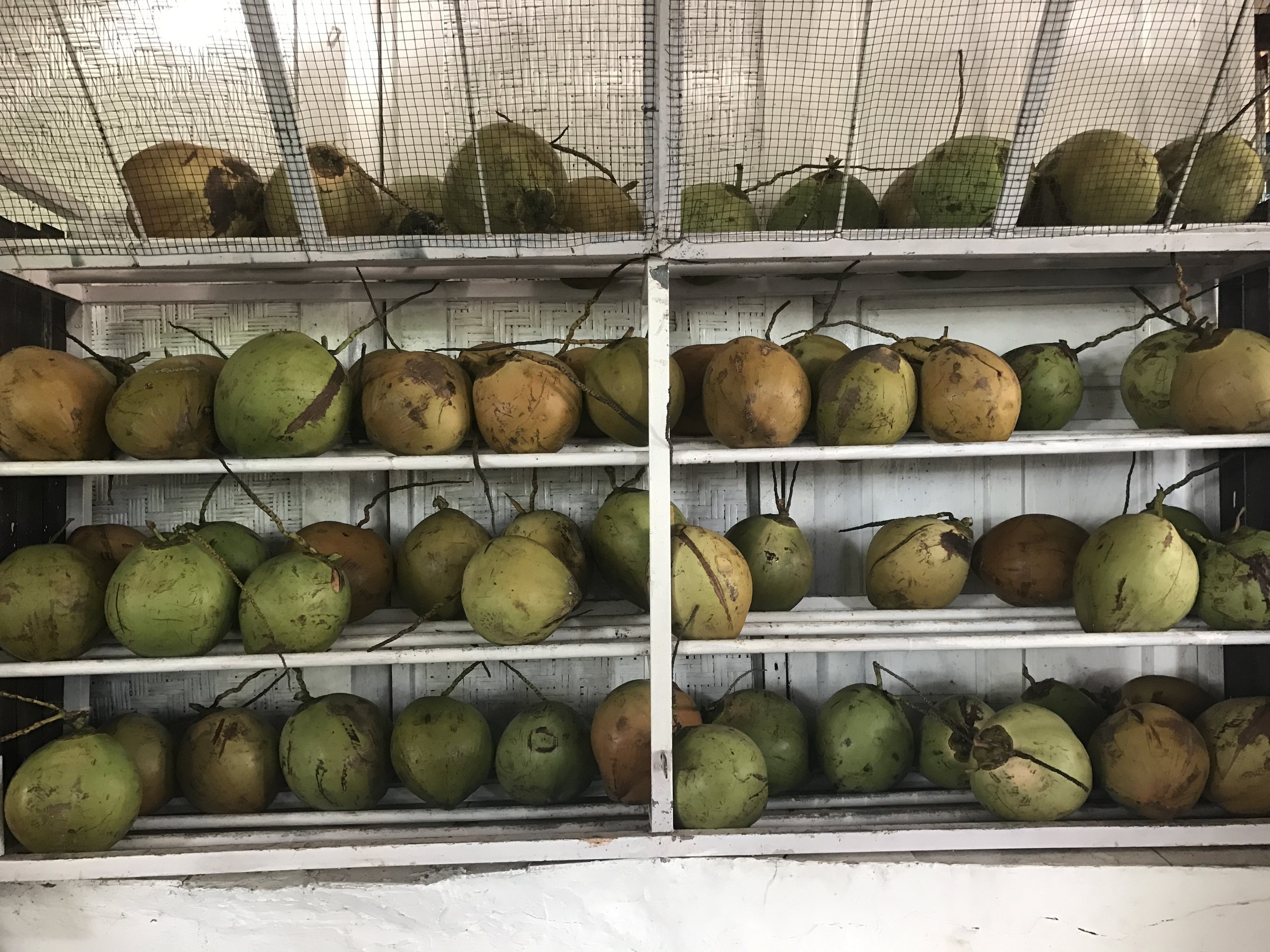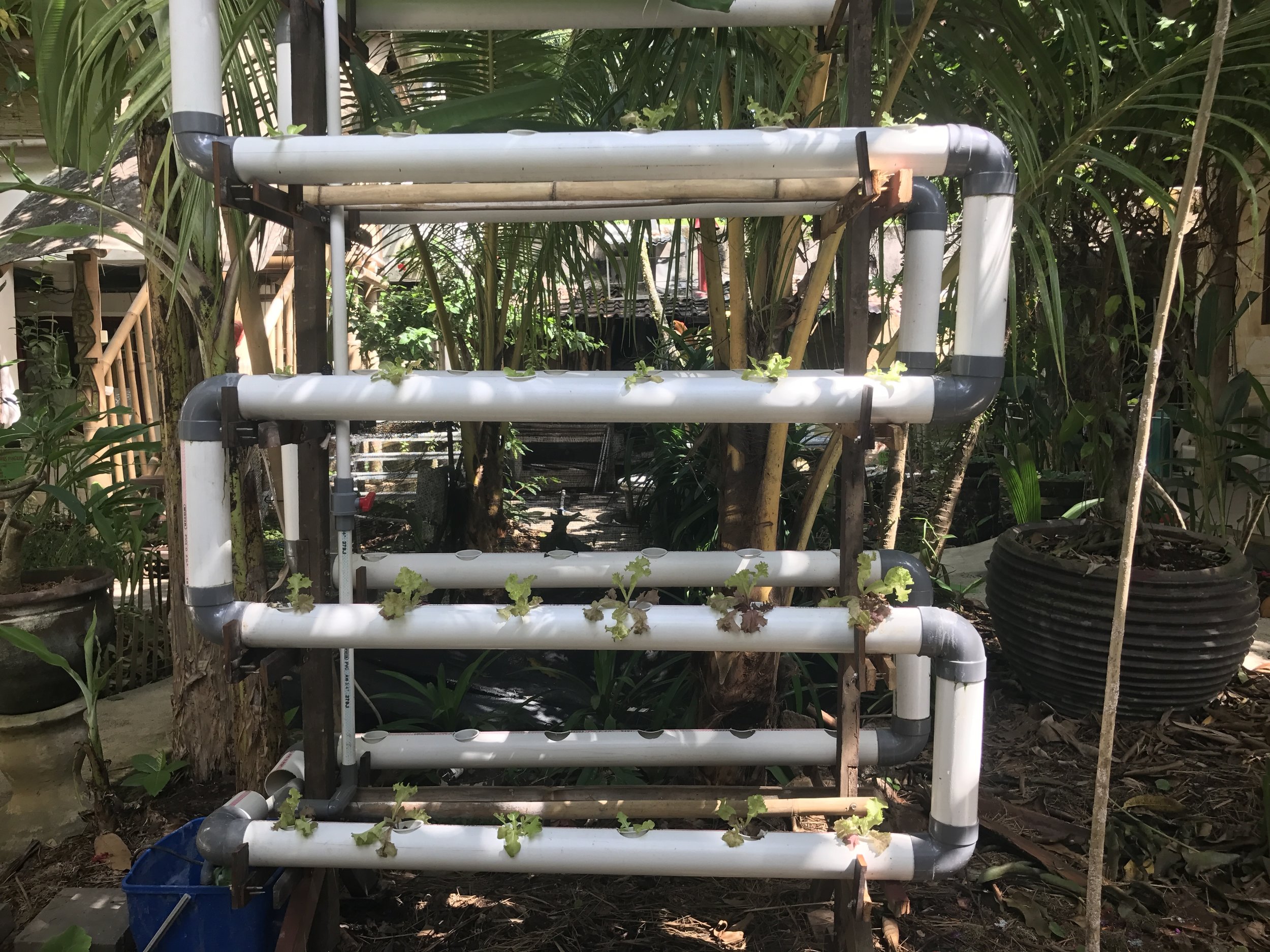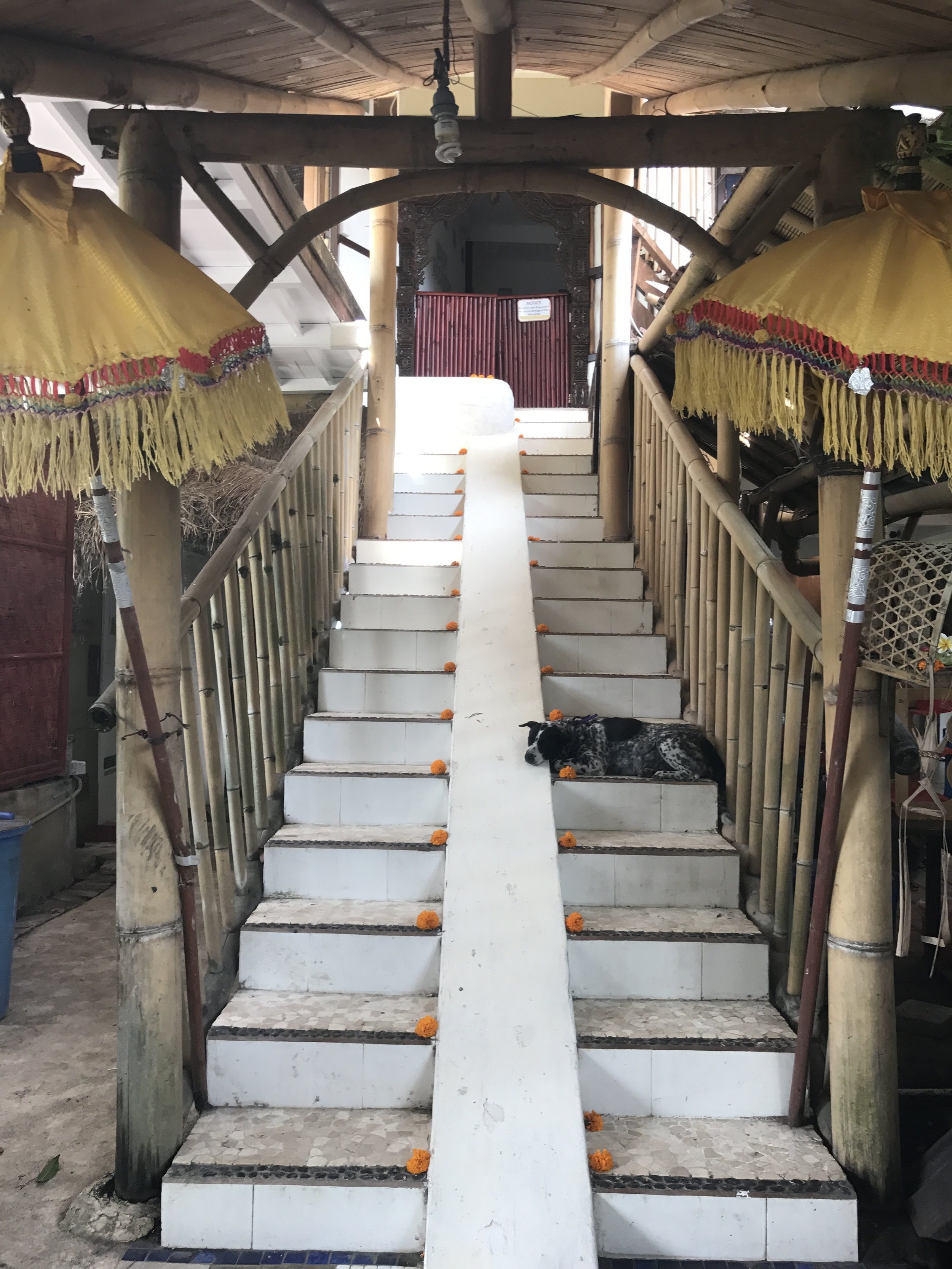The allure of seeing orangutans in their natural habitat draws visitors from all over the world to Semenggoh Wildlife Centre, a nature reserve just 20 kilometers south of Kuching City in Sarawak, Borneo. Open all year round, the Centre is home to a colony of semi-wild orangutans and is the ideal place to spot this incredibly rare, shy and endangered species in the jungle. Started in 1975 as a sanctuary for orangutans that were injured, orphaned, or illegally kept as pets, today Semenggoh is the largest orangutan rehabilitation center in Sarawak. The Centre offers visiting hours twice a day during which guests can watch the orangutans descend from the treetops to feed.
A BRIEF HISTORY
With their name meaning ‘people of the forest,’ orangutans only exist in two places in the world: the lush jungles of Borneo and Sumatra. Tragically, deforestation, human encroachment and habitat loss continue to threaten these amazing creatures with extinction. Semenggoh Wildlife Centre exists to conserve these animals and their habitat, while educating the public about the orangutan and their need for protection.
Run by Sarawak Forestry, Semenggoh boasts a rehabilitation program that has been so successful there are now three generations of orangutans living in the reserve. Beginning with just 11 animals in the 1970s, each rescued between the ages of 1 and 5, the sanctuary now has nearly 30 healthy adolescent and young-adult orangutans living in a population that is so strong the park cannot introduce any more outsiders. The rehabilitation program has since moved to Matang Wildlife Centre in nearby Kubah National Park.
During their rehabilitation, the orangutans undergo training to allow for their eventual release and subsequent independence in the wild. Though they spend most of their time in the jungle, they are also trained to return to the Centre during feeding times when they can receive a free meal, as needed. Since the reserve cannot supply enough wild food for all its inhabitants, the Centre offers feedings to supplement the orangutans diet. While orangutans primarily eat fruit, they also forage for bark, honey, insects, young shoots, and occasionally bird eggs and small vertebrae. During feedings, the Centre offers bananas, sweet potatoes, coconut, papayas, pineapples, sugar cane and hard-boiled eggs.
VISITING
The best time to view the orangutans is outside of the fruiting season, which lasts from November to March, when the animals may not venture back to the Centre to feed. We visited in May, which turned out to be perfect.
The Centre is open twice a day: from 8 – 10 AM and 2 – 4 PM. This is to limit potential contact between humans and orangutans. Feedings occur from 9 – 10 AM and 3 – 4 PM. The entrance fee is about $2.50/person for foreign adults. Pro Tip: Your ticket can be used for the entire day, making it ideal to visit in the morning so that if the orangutans don’t show up for breakfast, you can come back in the afternoon for a second try.
Semenggoh is a 30 – 40 minute drive from Kuching City and is accessible by public transit. We began our morning early, but not early enough to make the 7:15 AM bus, and instead opted for an Uber ($5) which got us to the Centre 20 minutes before feeding time. On the way back, we took the bus.
Upon arrival we purchased our tickets at the main gate and walked down the long road to a small gift shop and information center housing photos and bios of each of the orangutans living in the reserve. After a quick look around, we wandered on toward the viewing platform and found a roped off path leading to the feeding area where we waited in front of a sign reading ‘Sarawak Forestry.’ Shortly after, our guide for the morning, Dominic, appeared and addressed our large crowd of about 40 people.
Dominic advised the group about safety – no eating or drinking, no flash photography, and to stay 20 feet from the orangutans at all times, and of course, to remain quiet. After the introduction we ventured down a short trail to the feeding area and secured ourselves a spot directly in front of the feeding platform surrounded by dense jungle. A staff member tossed bananas onto the platform before calling to the orangutans in a melodic tone that sounded like “aaaoooo!” several times.
Then the mesmerizing happened: the trees began moving in the distance, limbs shook and swayed until we caught a glimpse of some large orange bodies shifting through the canopy. Two sisters born in the park, each with their baby, descended long ropes to the platform to gather bananas. The ropes allow the orangutans to swiftly and easily access the feeding platform and return to the trees to eat, rather than having to move from tree to tree to get there and back. This also provides visitors with great viewing and photo opportunities. We saw Analisa, the first orangutan to be born in the park, and her young baby, and Saddamiah with her 3 year old, Ruby.
The orangutans moved deftly and quickly through the trees, at once strong, fluid and incredibly acrobatic. It was an immense joy to see them traveling through the jungle, so close to us, yet at a safe distance. Once happily fed, the orangutans departed, disappearing back into the thick forest. In all, we saw them for about 30 – 40 minutes.
By the end of the hour, only a dozen or so spectators remained. At that point, our guide, Dominic, shared with us which orangutans we had seen along with their ages, all information we wouldn’t have known had we left early.
While park staff is eager to usher everyone out after feeding, the reserve is also home to a botanical garden, a crocodile habitat, and other rare animals including the giant squirrel, pigmy squirrel, gibbons and a variety of birds. Those who arrive early may have a chance to spot some of the other flora and fauna the sanctuary has to offer.
ENJOY YOUR VISIT!
Having a chance to view orangutans in the wild was an incredible experience, and one we will never forget. Their grace and majesty is truly awesome to behold. We highly recommend a visit to Semenggoh Wildlife Centre where each ticket sold helps support orangutan conservation.
